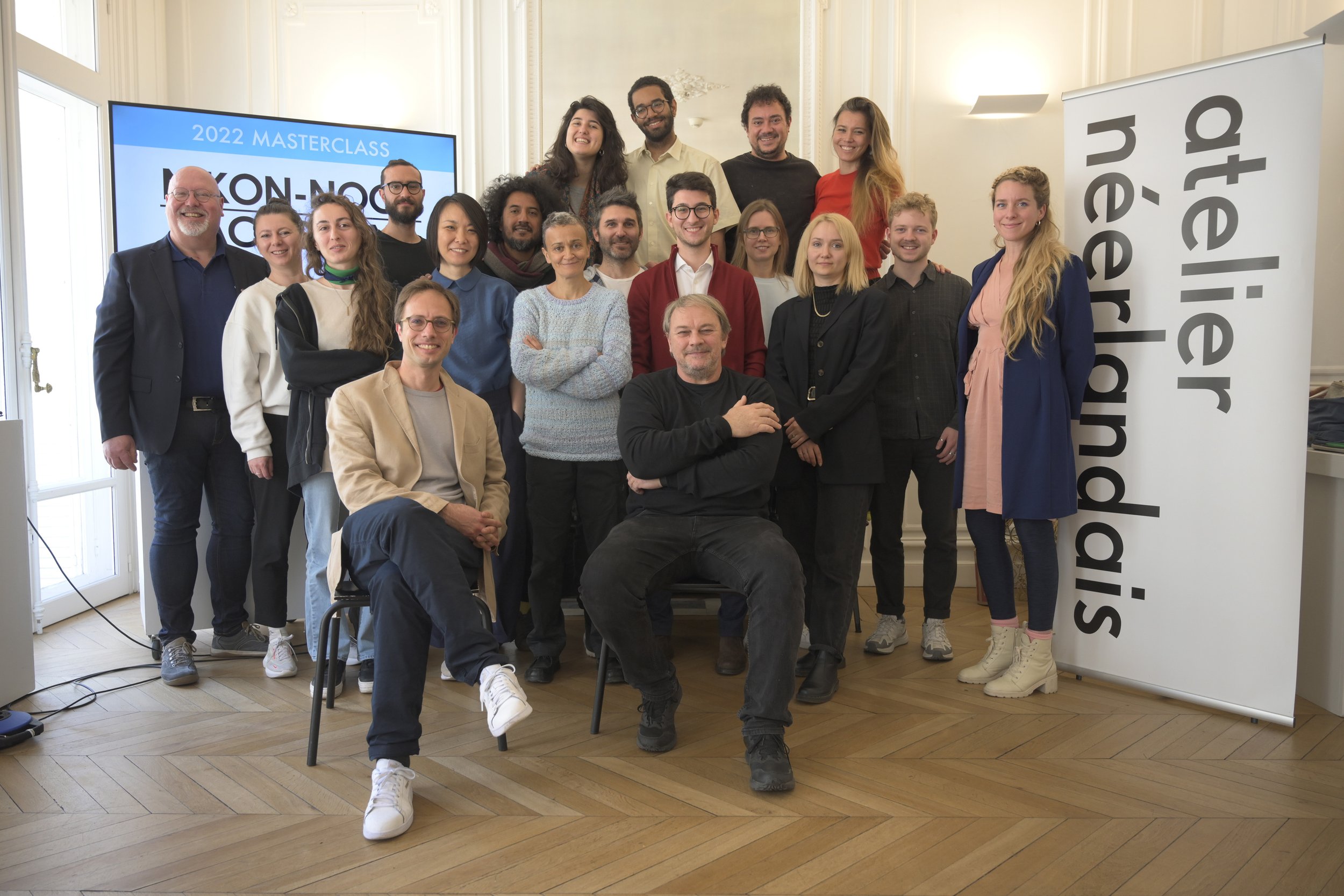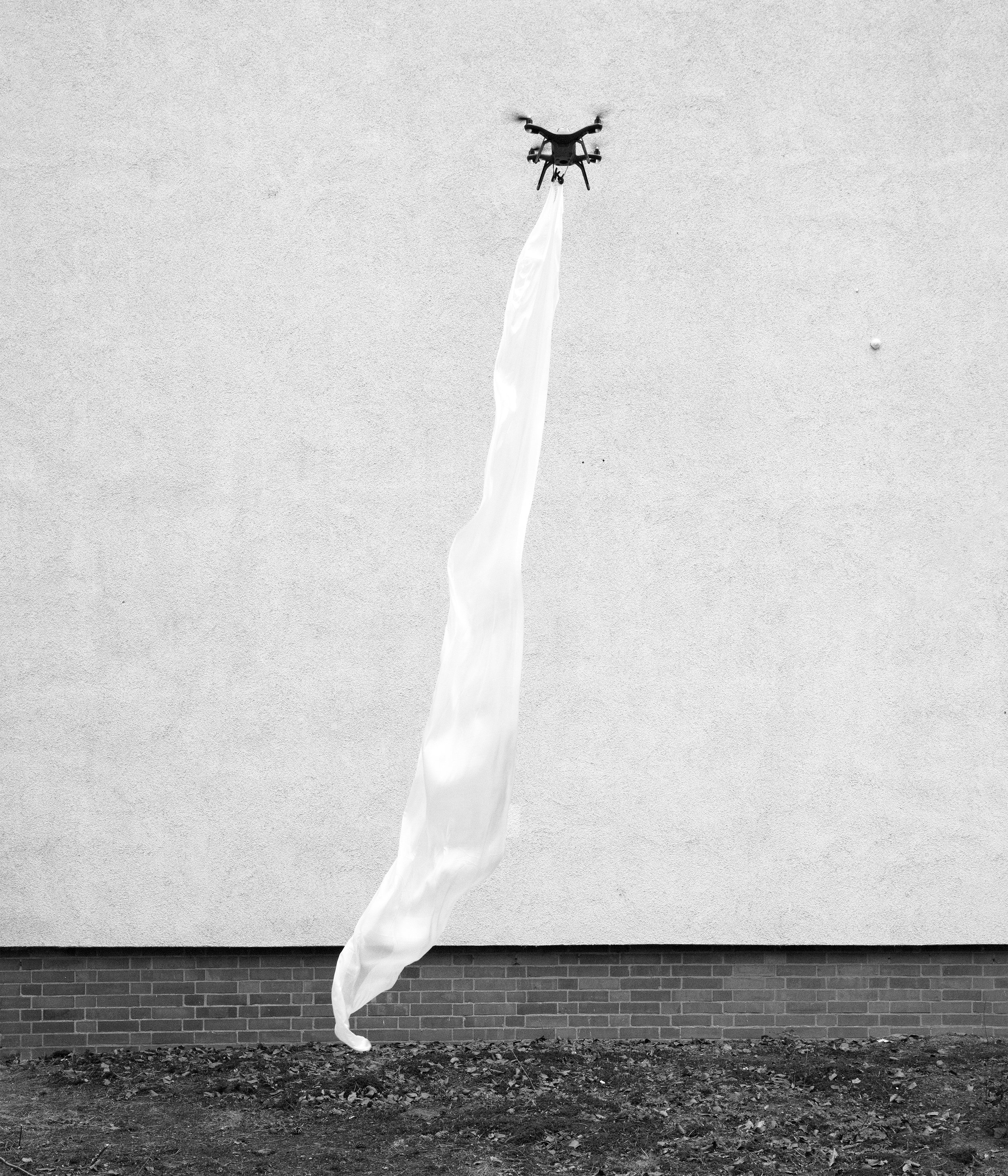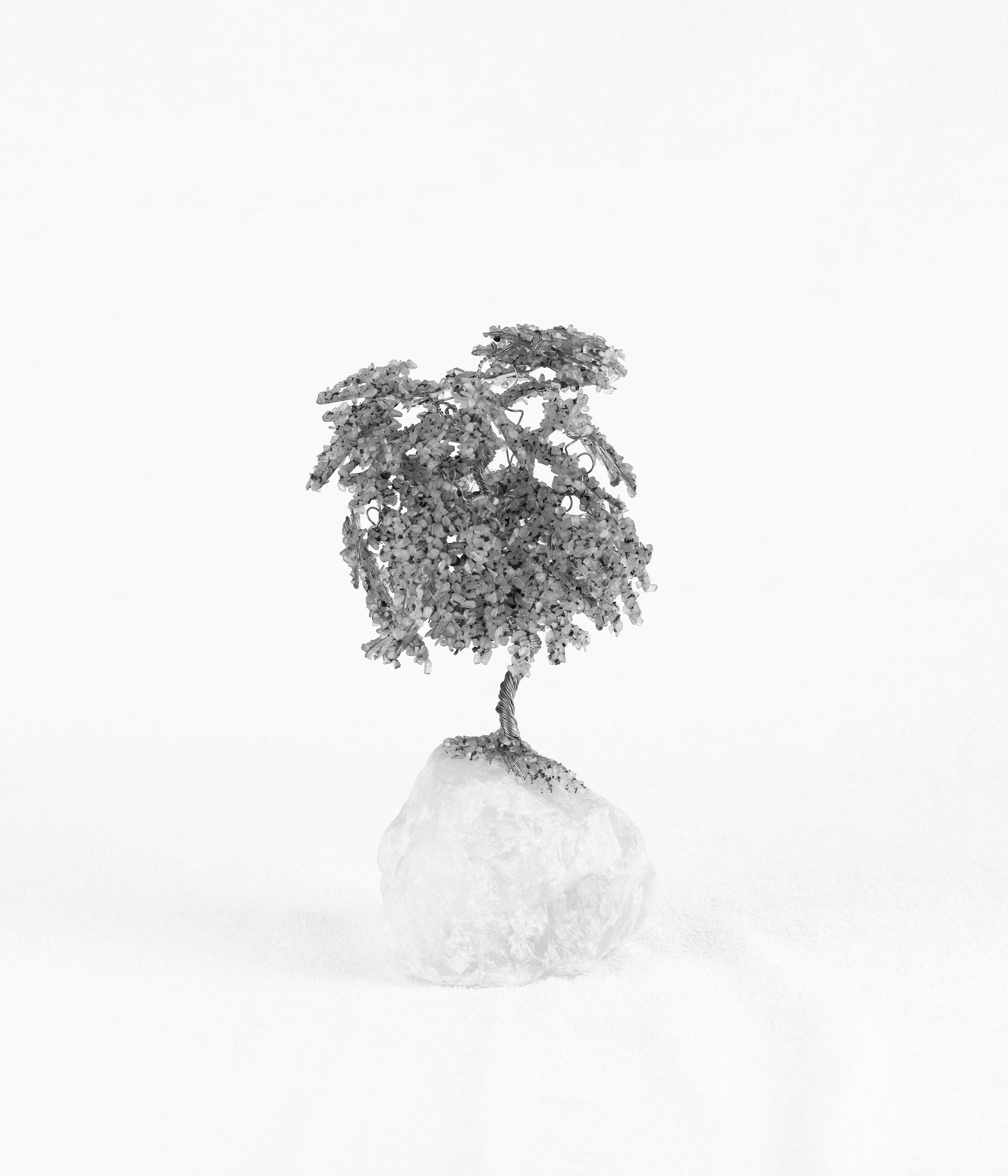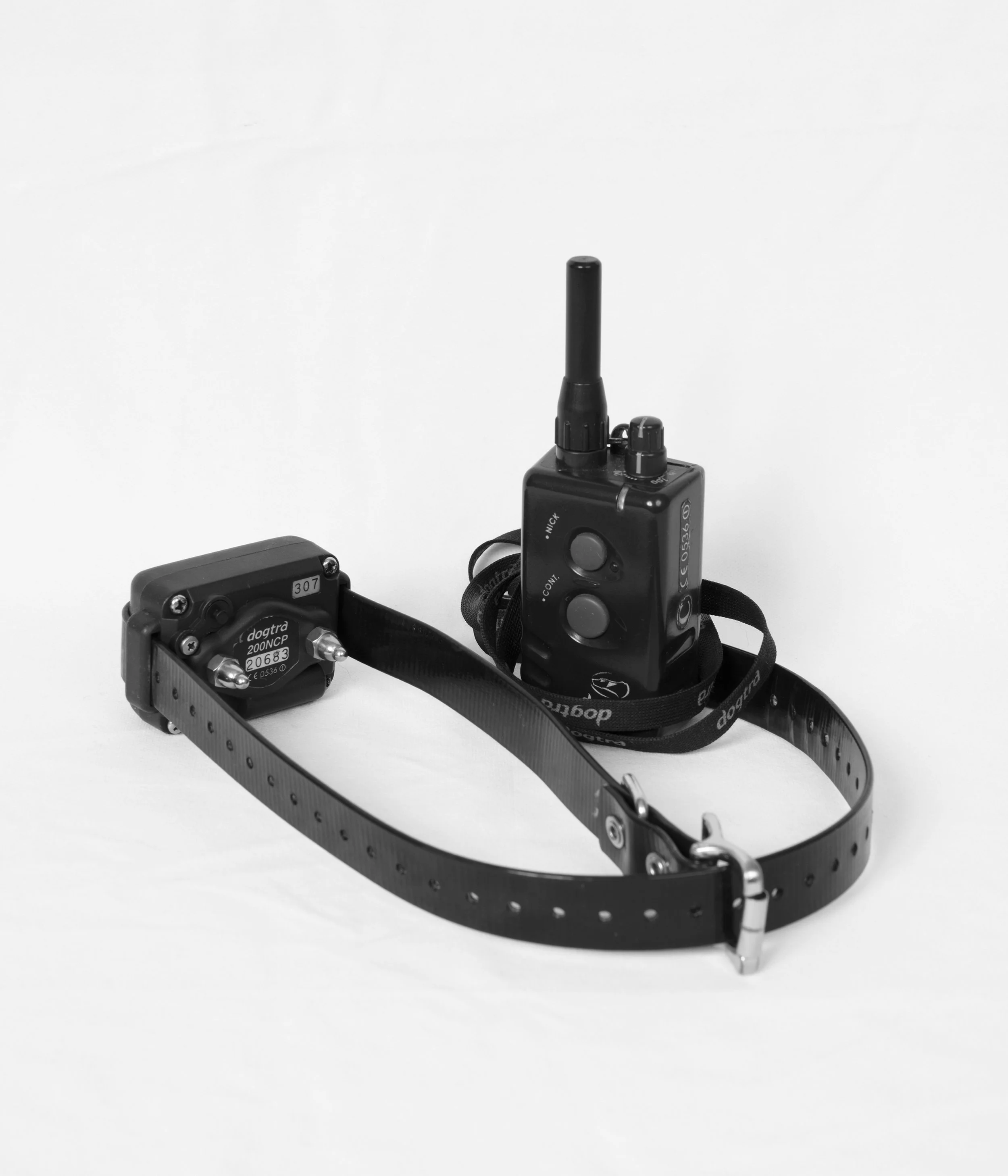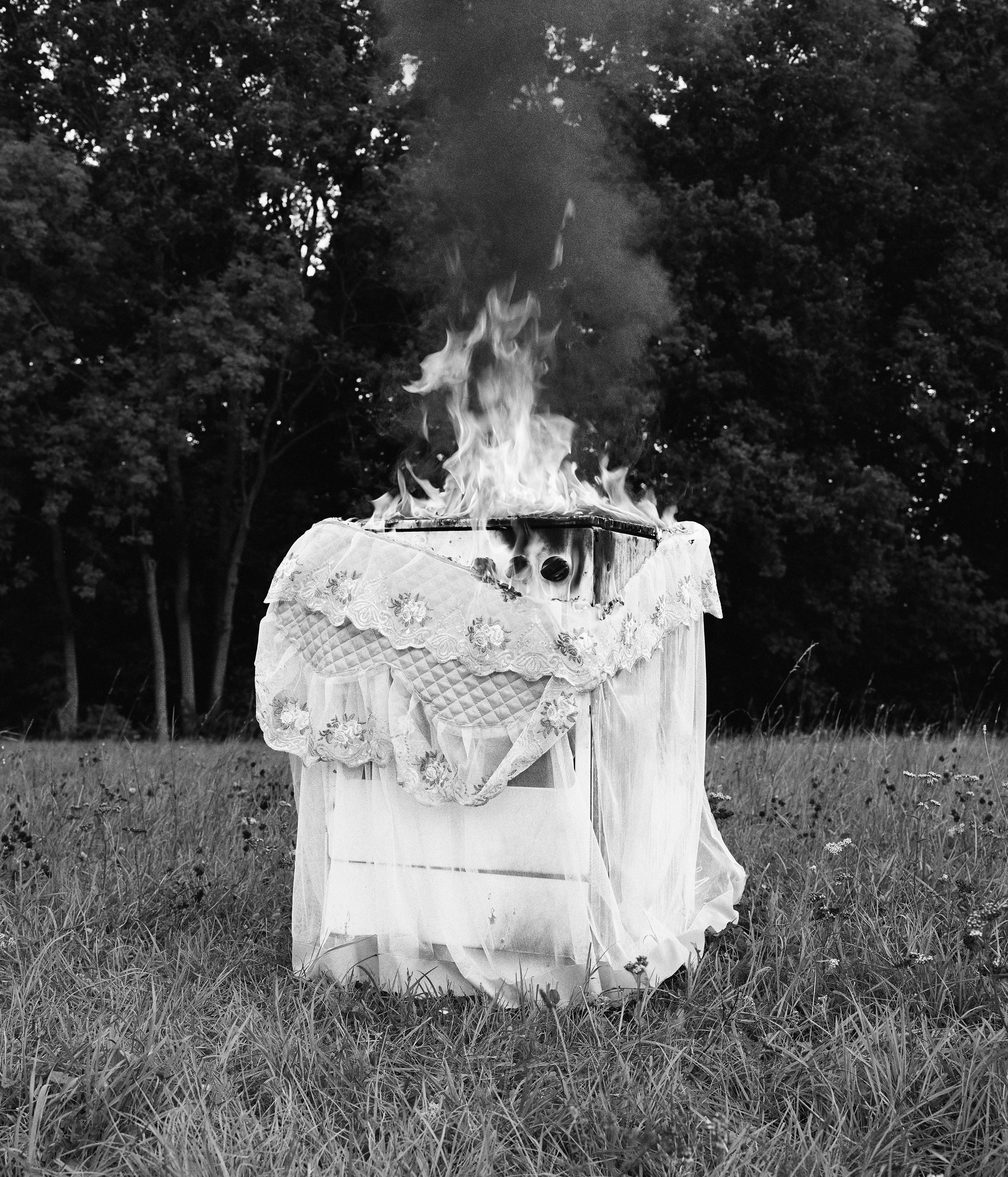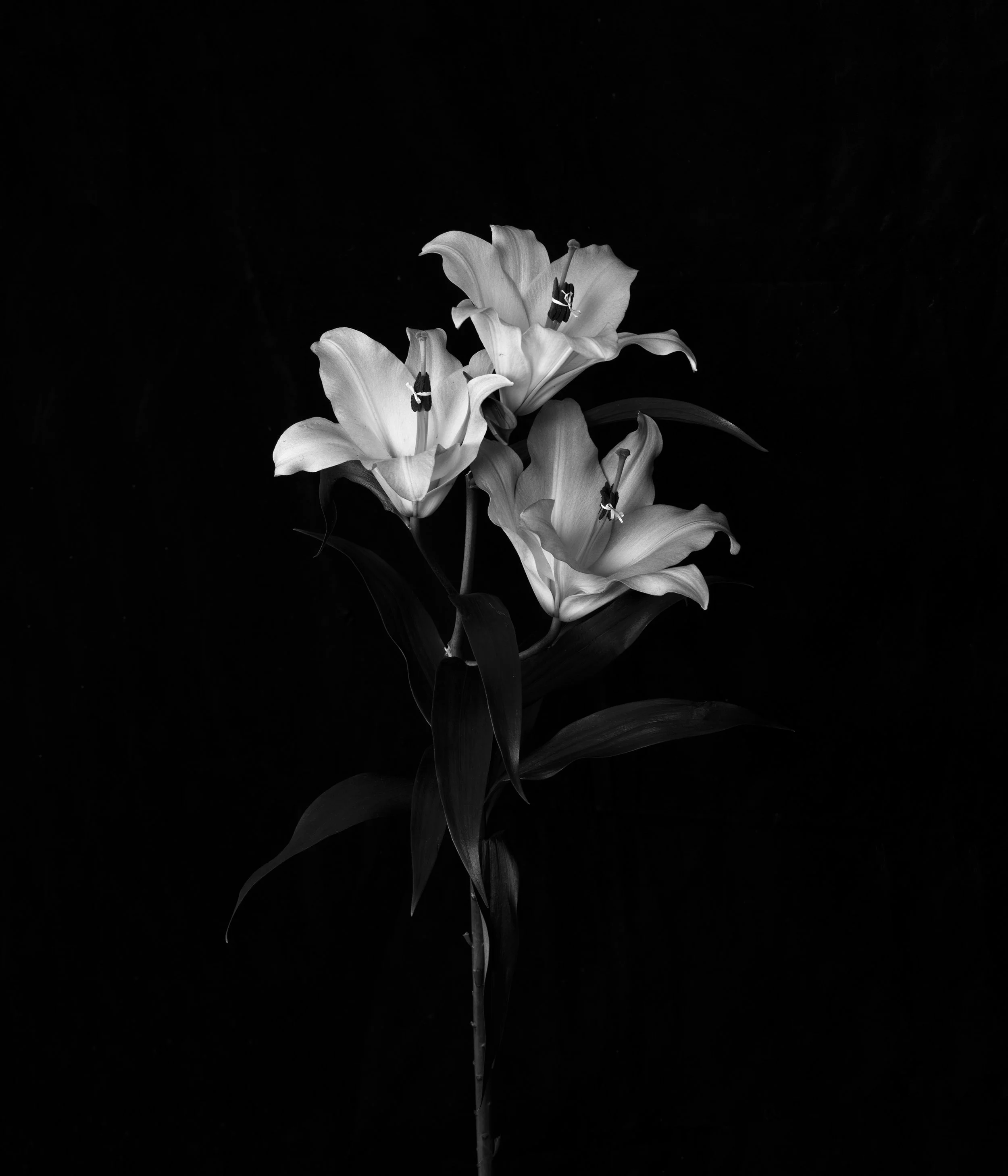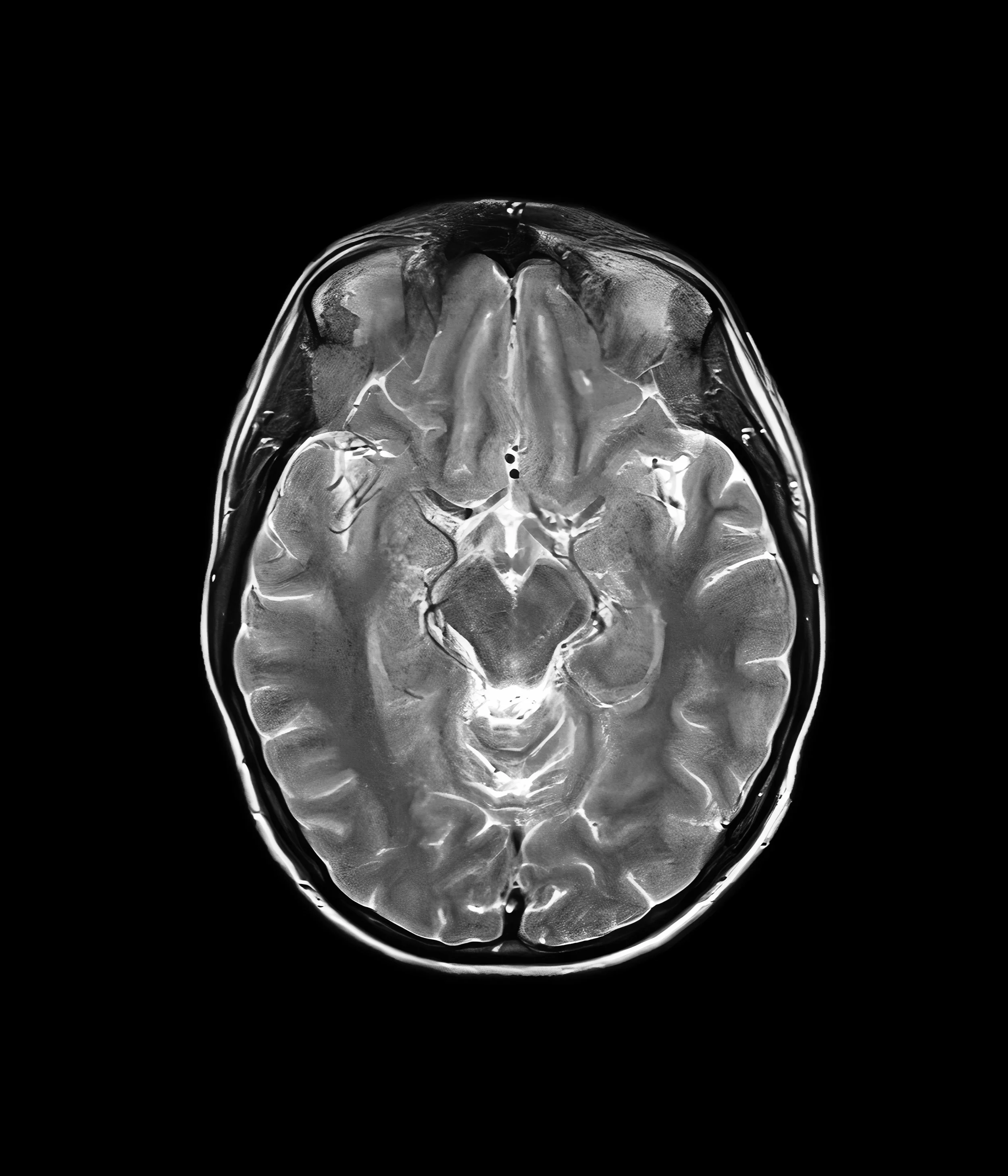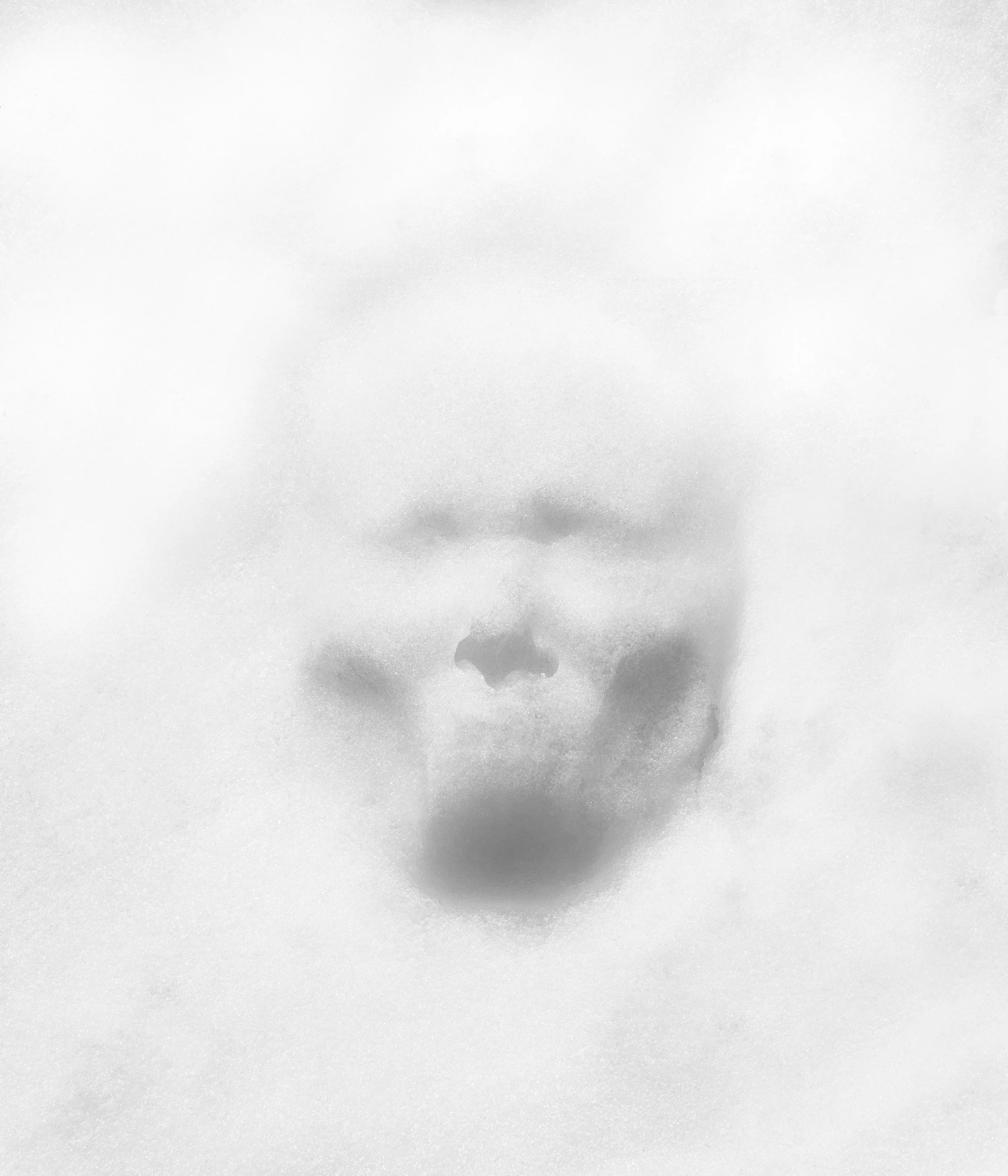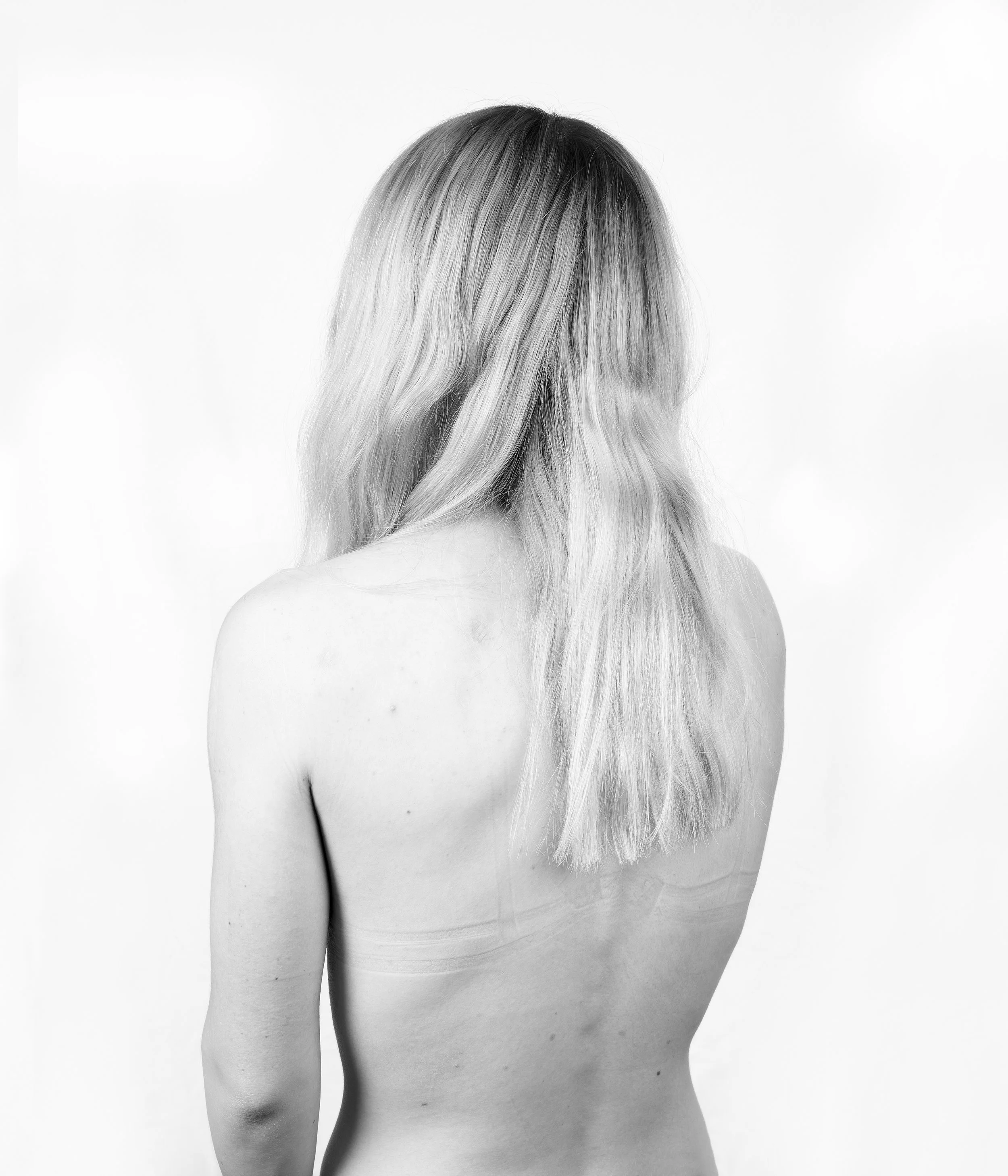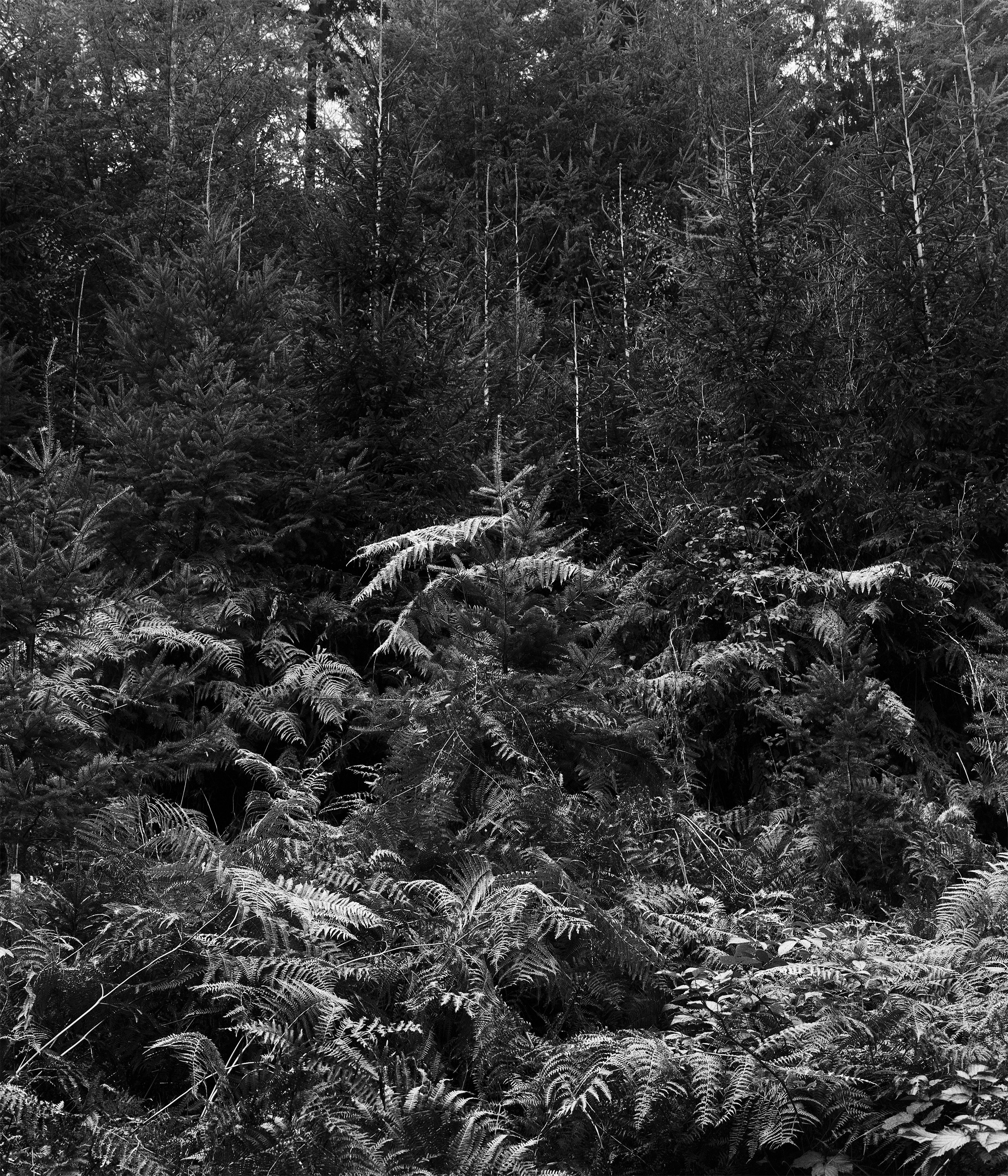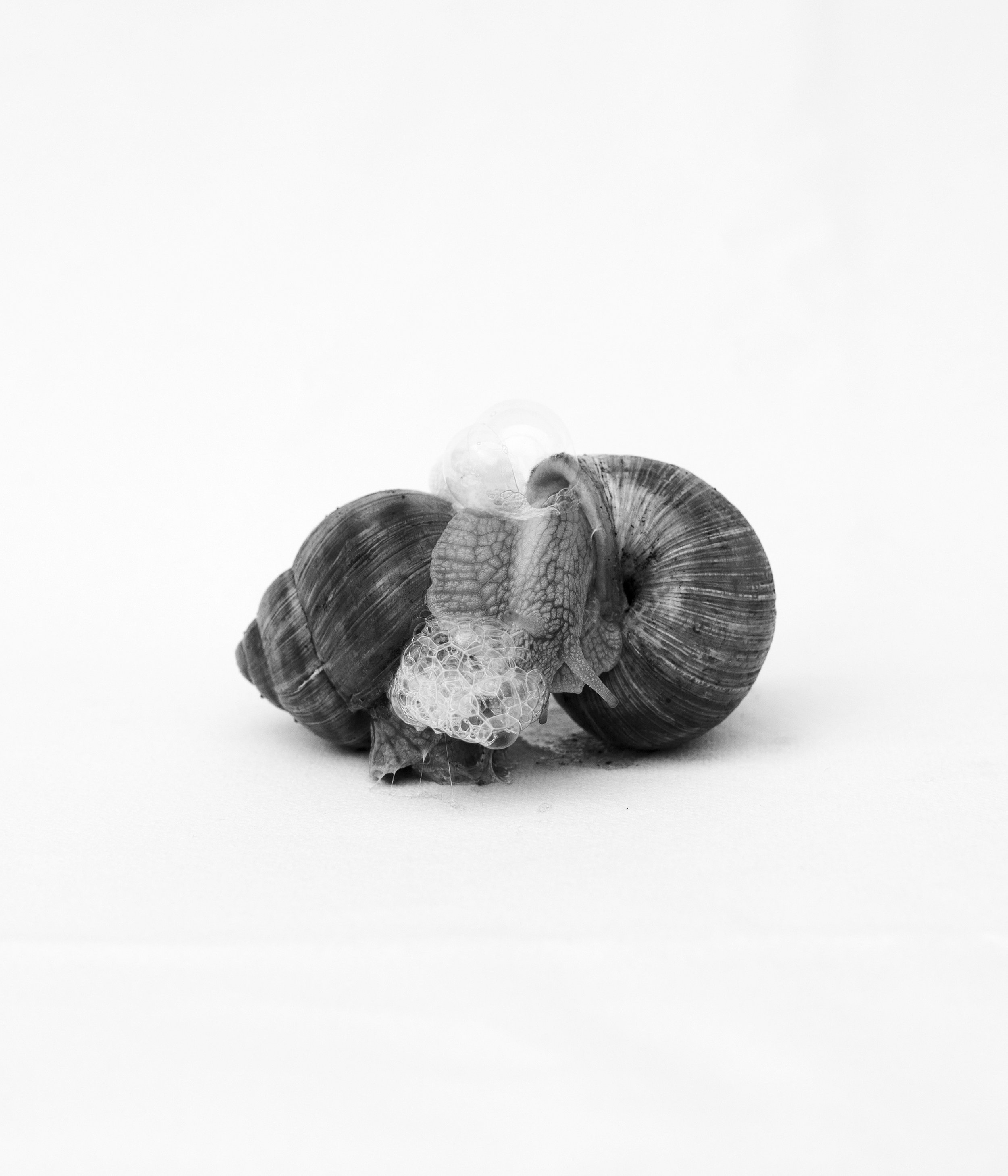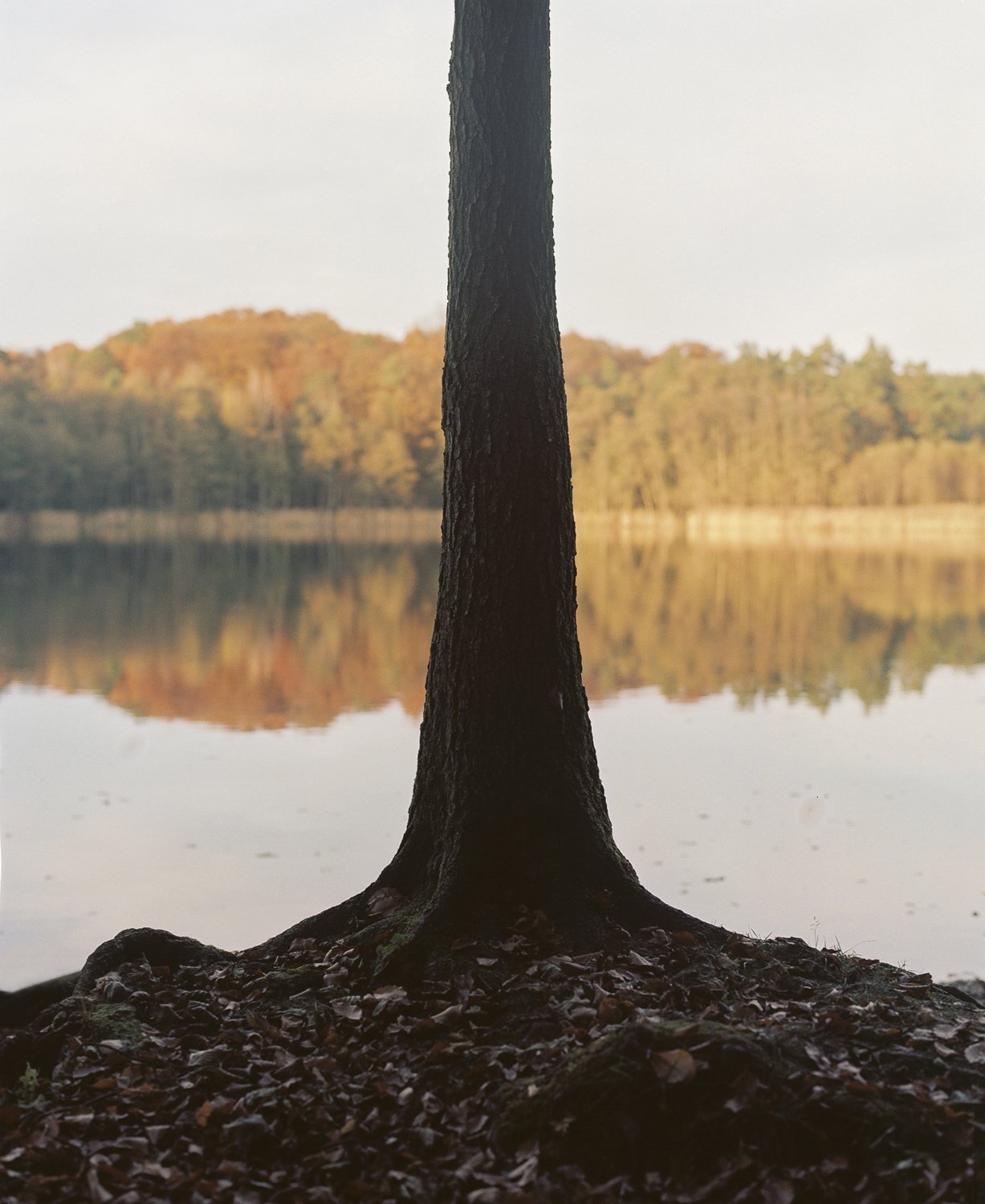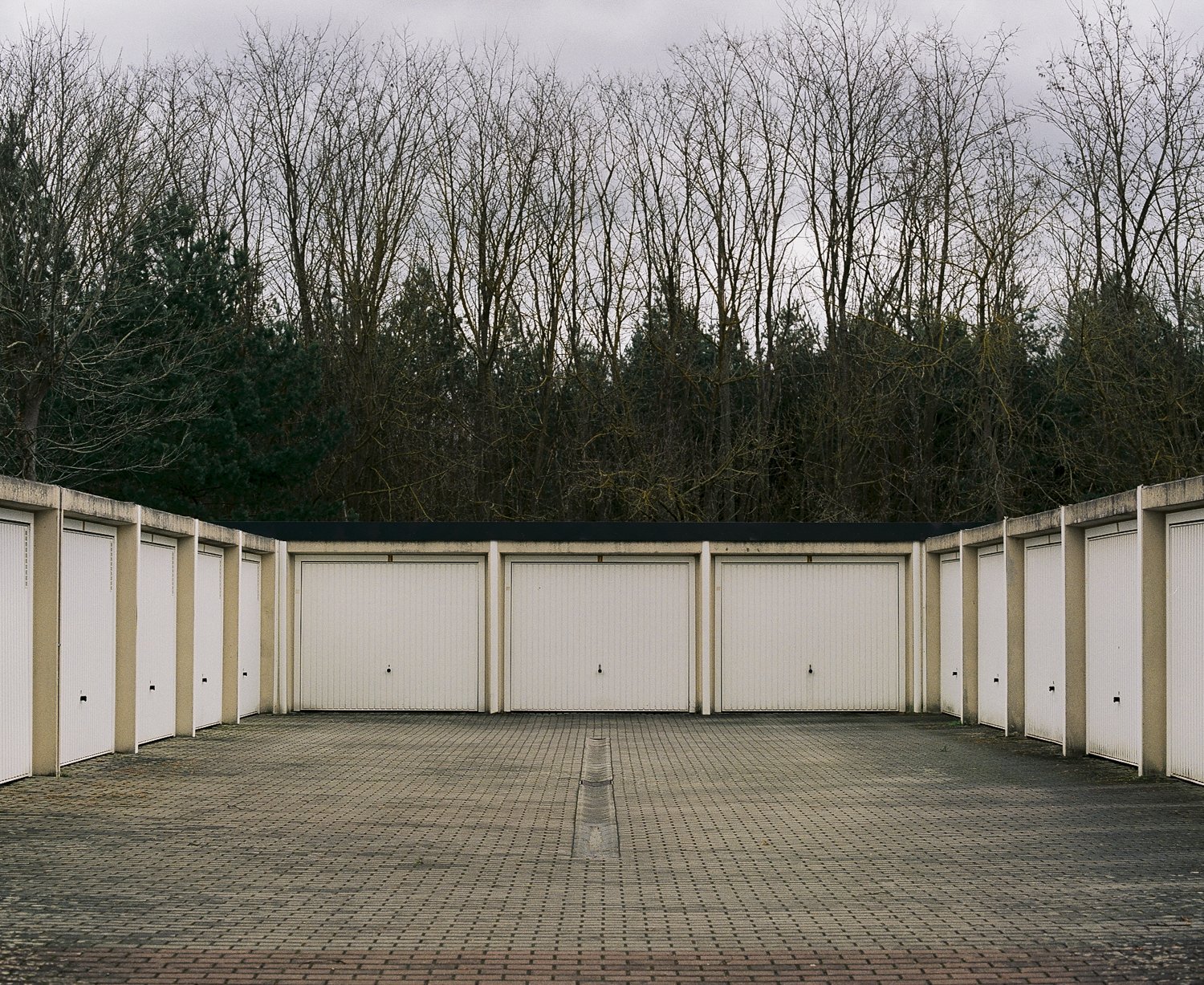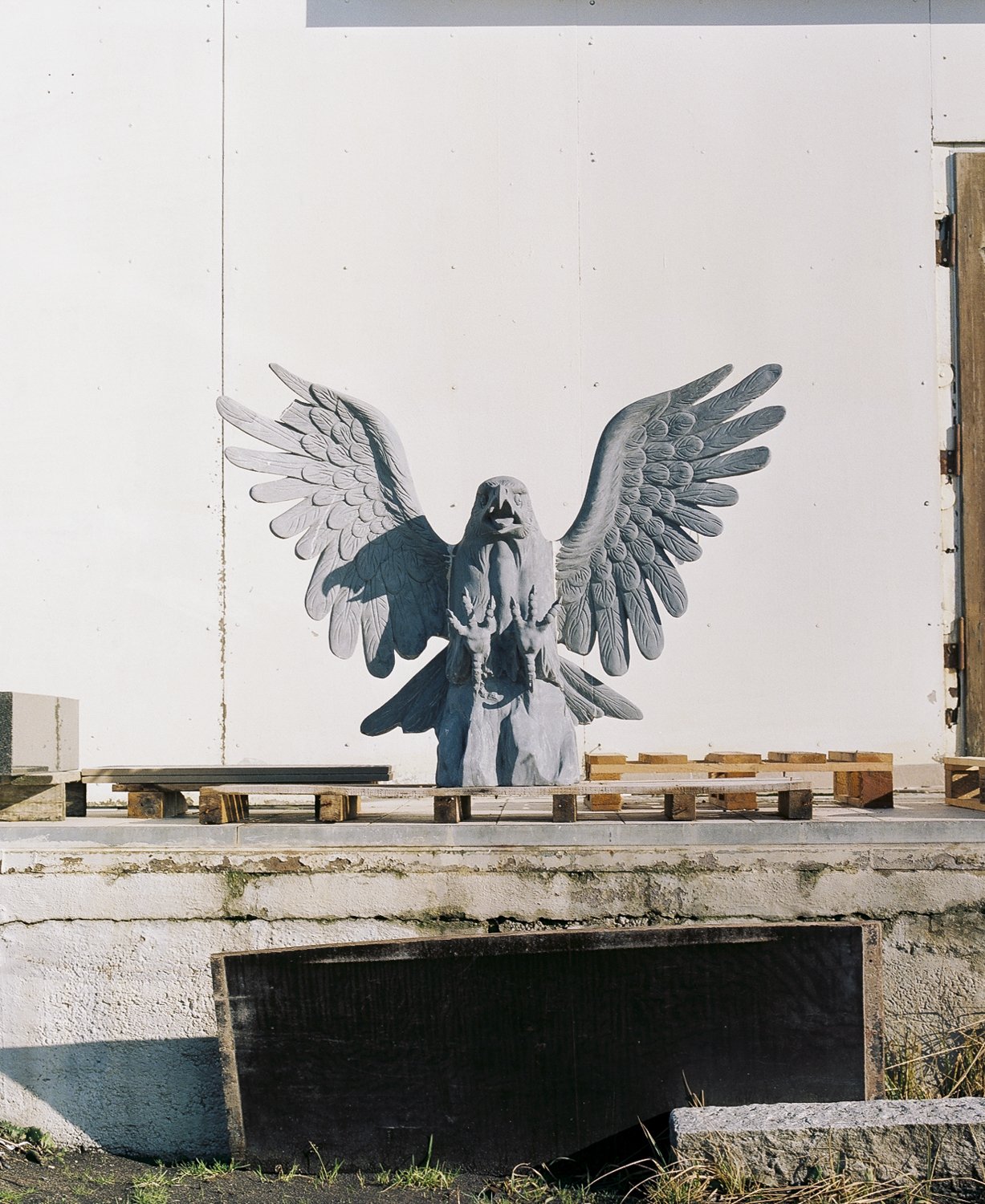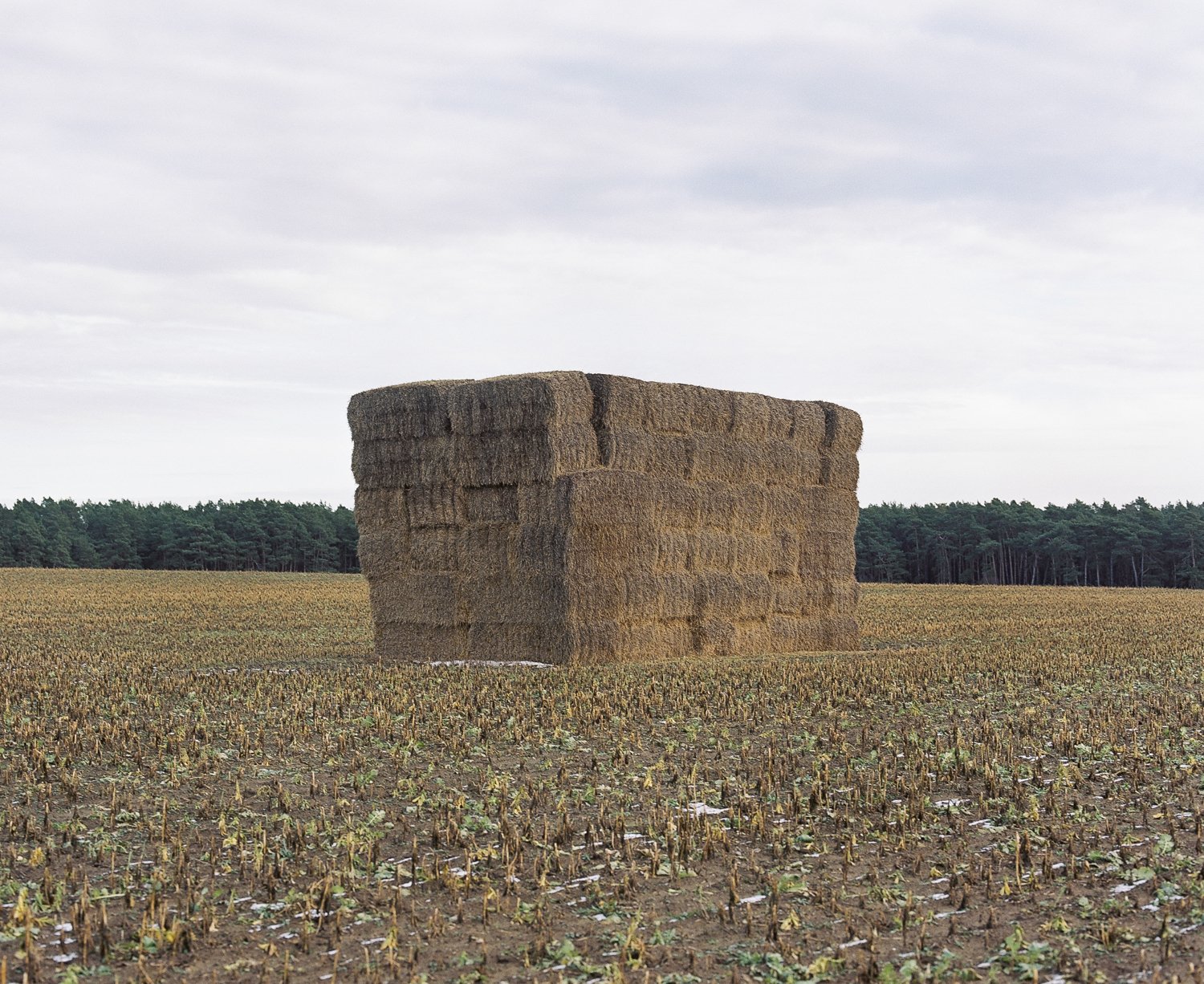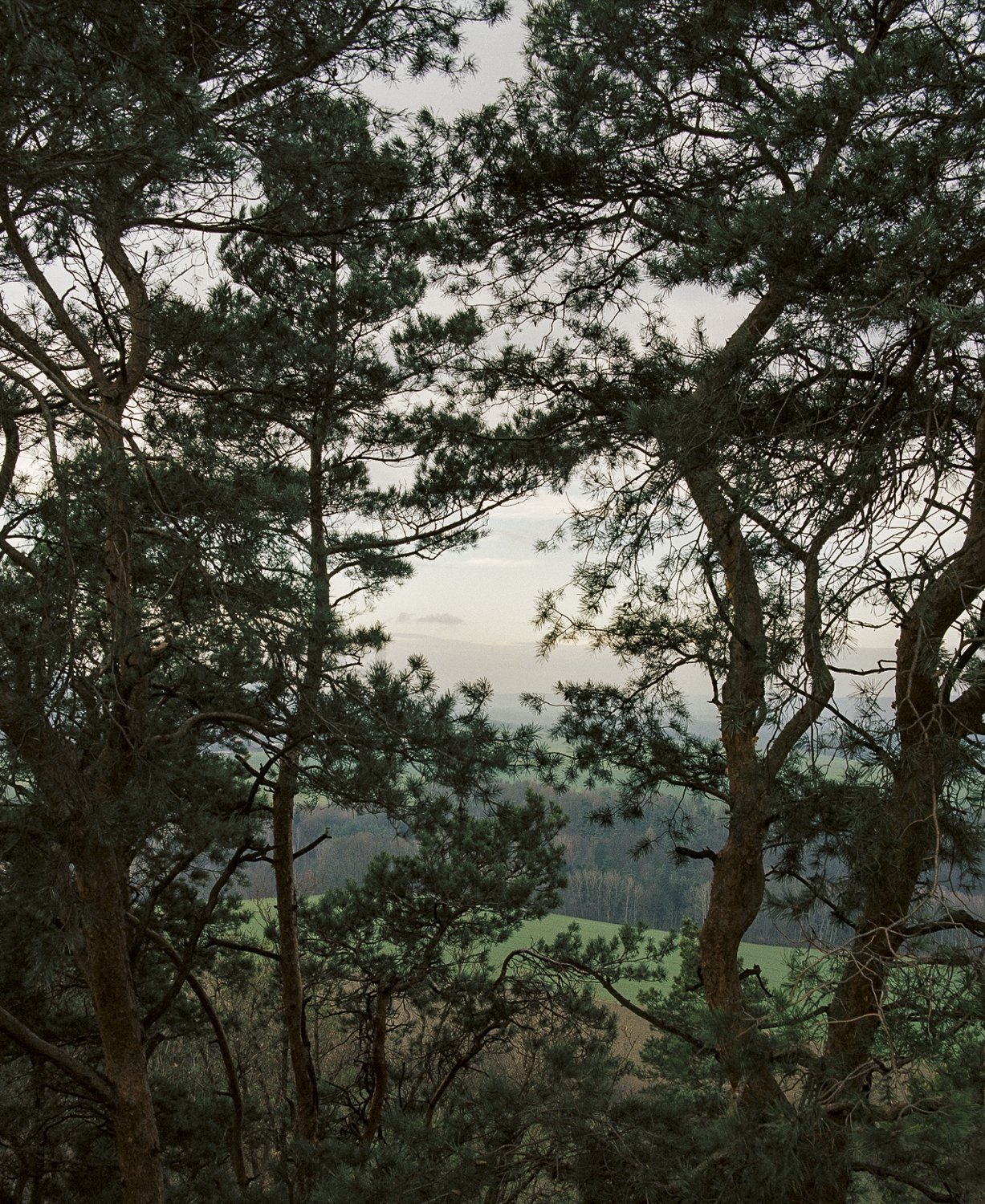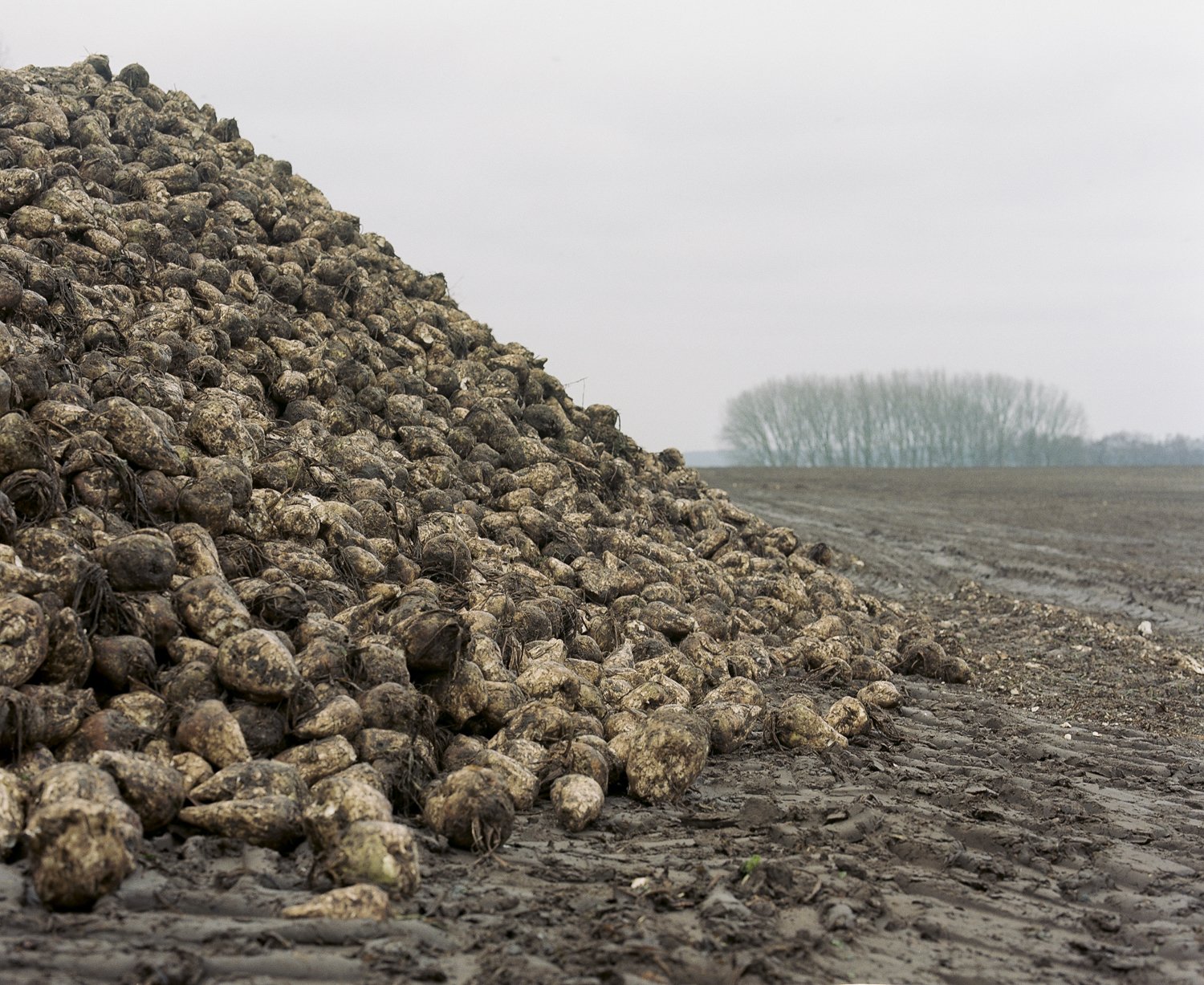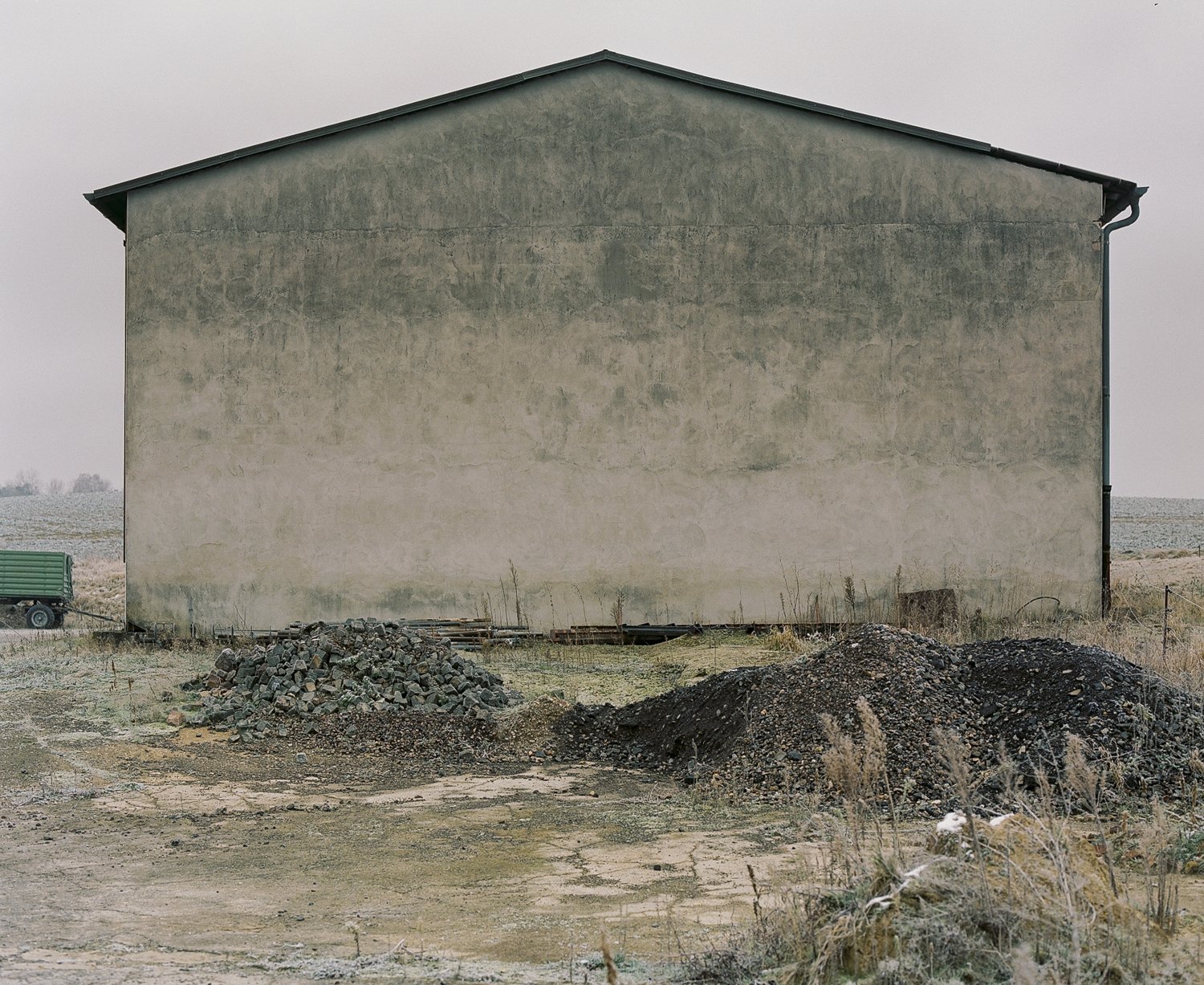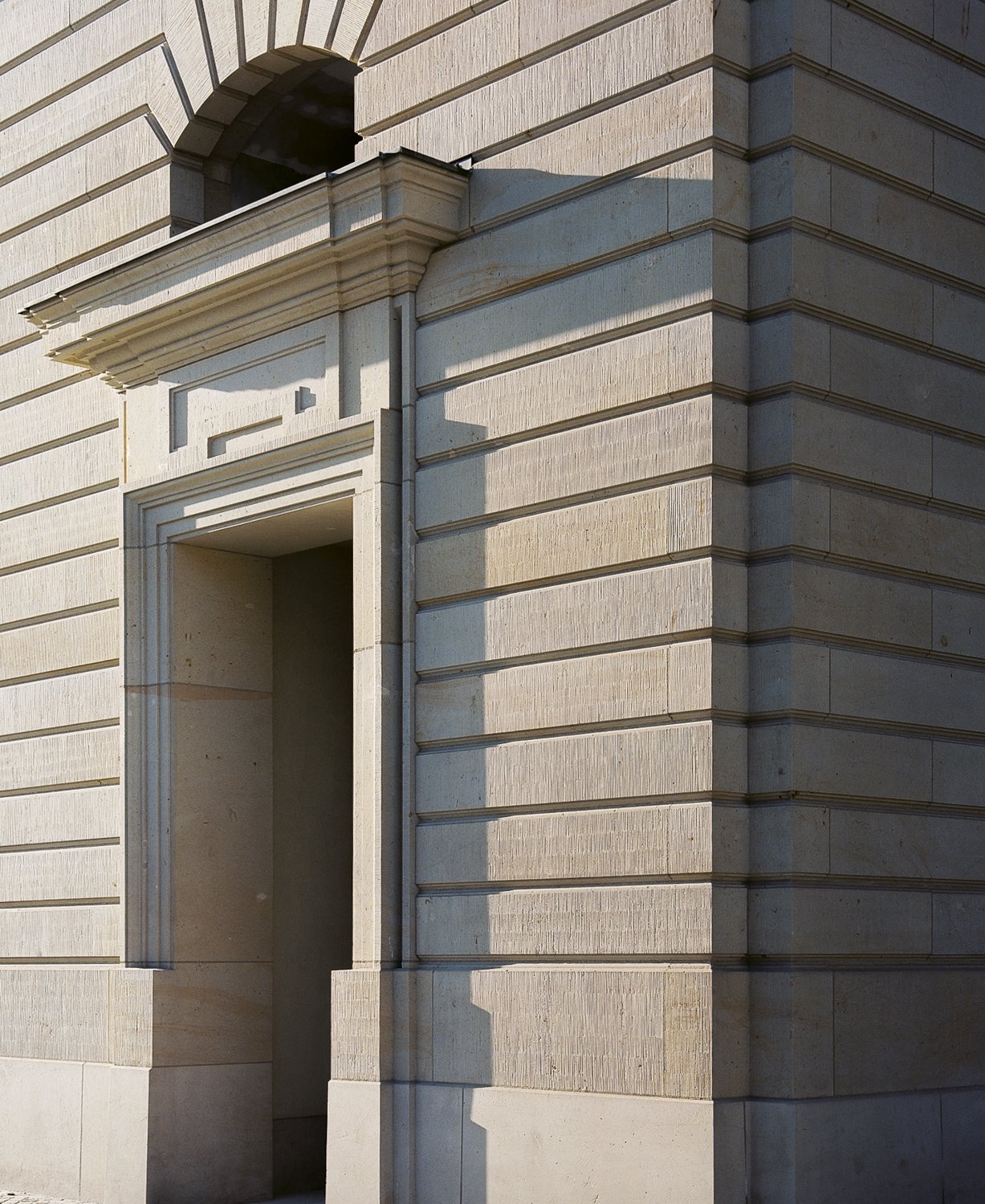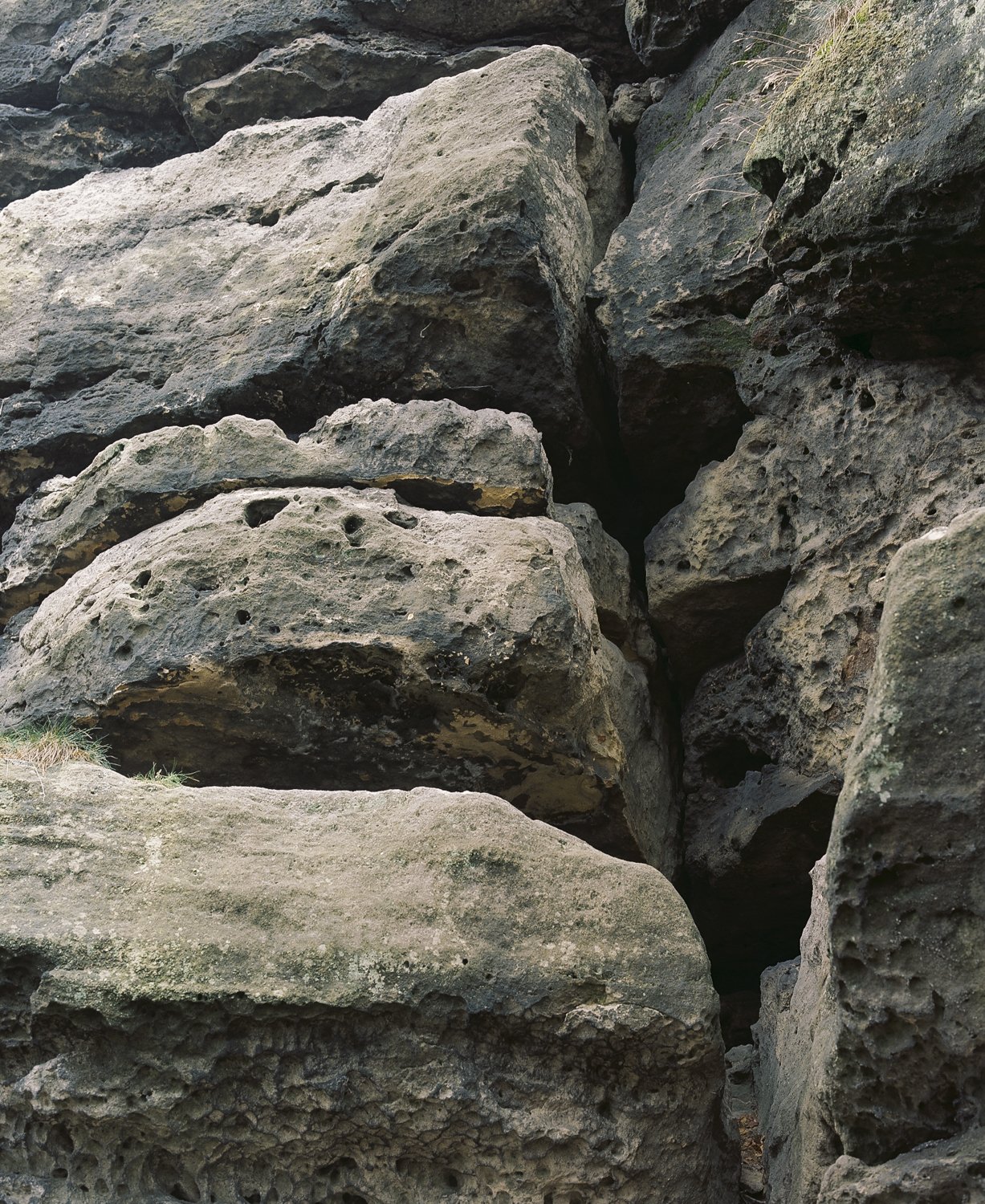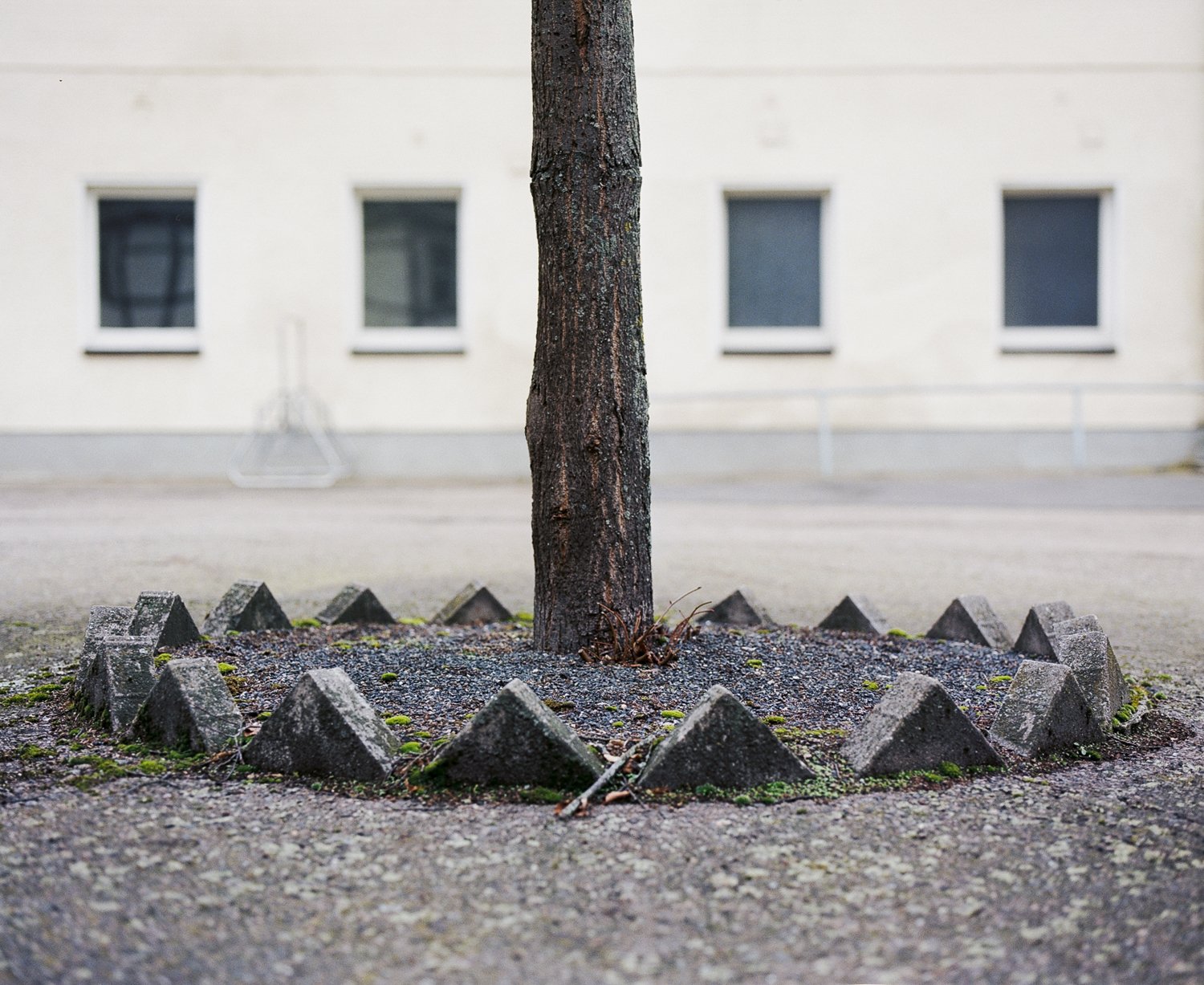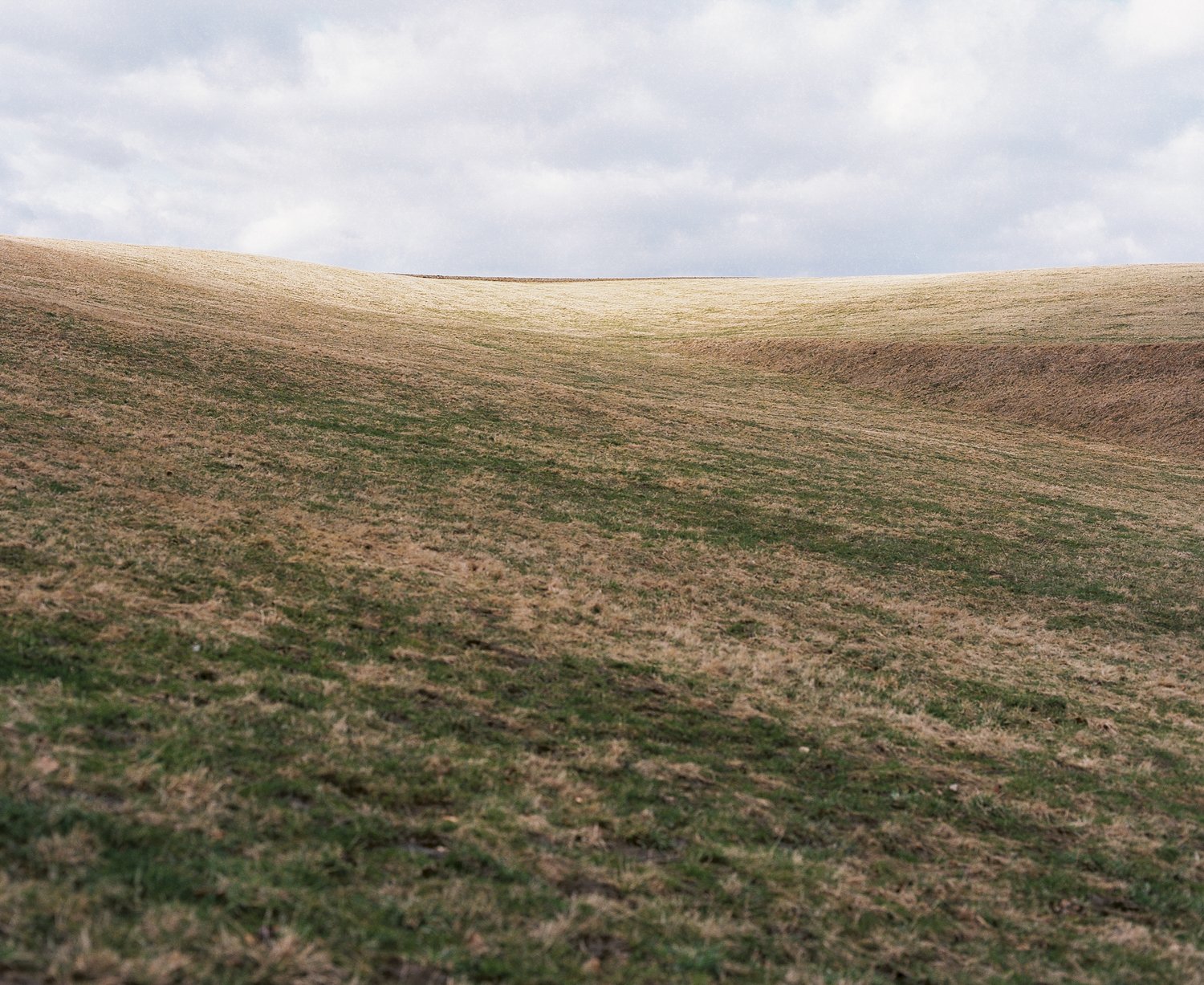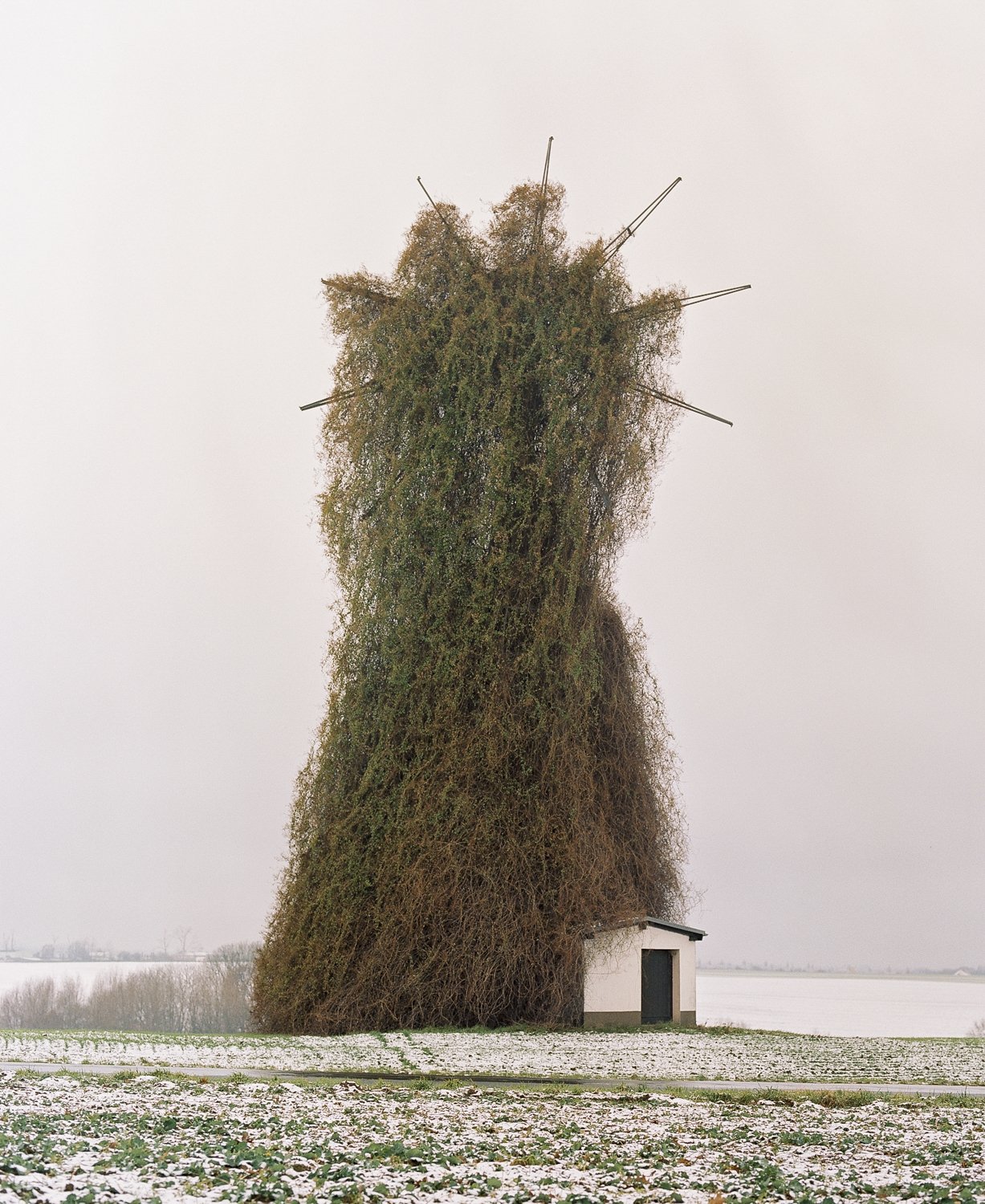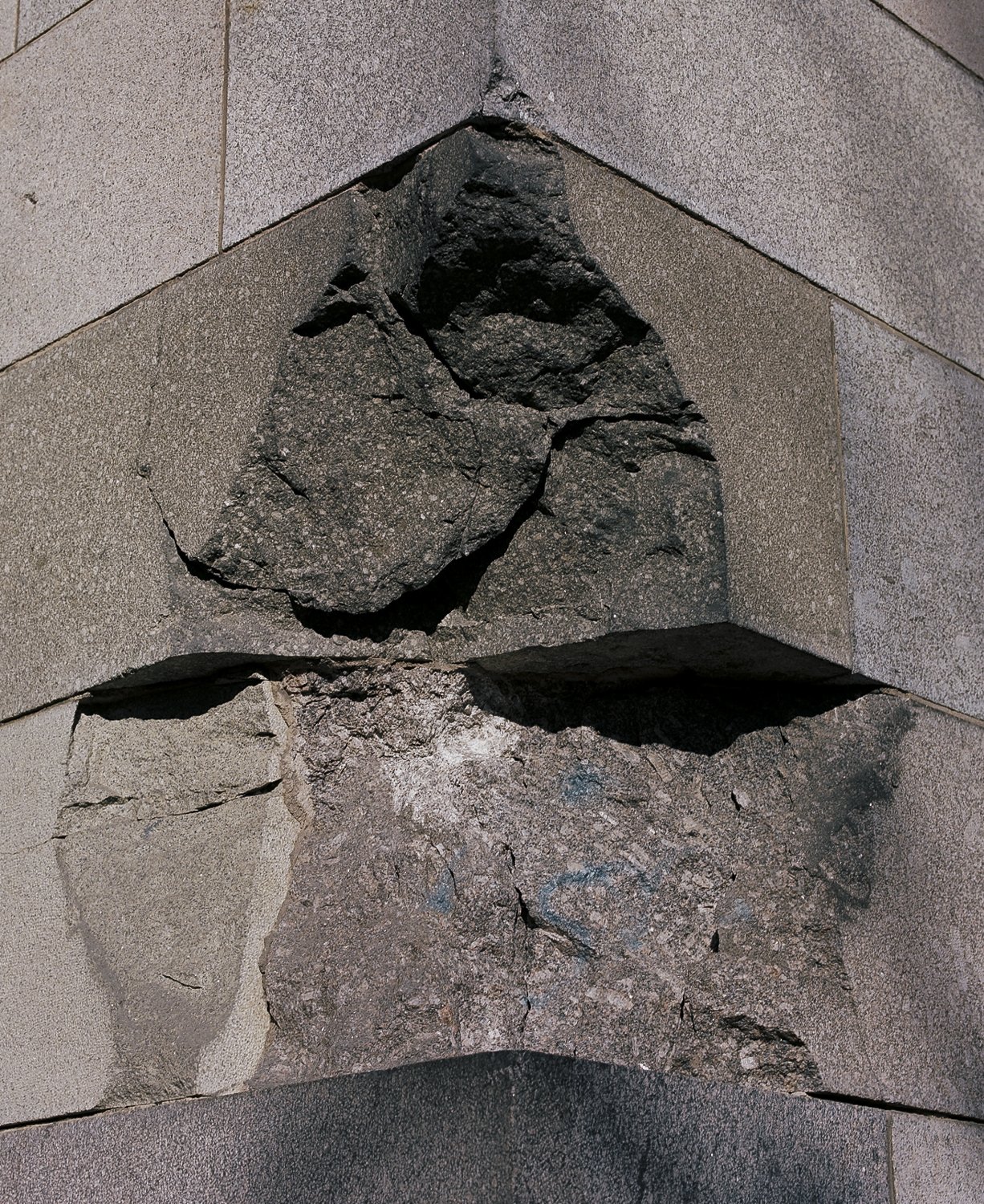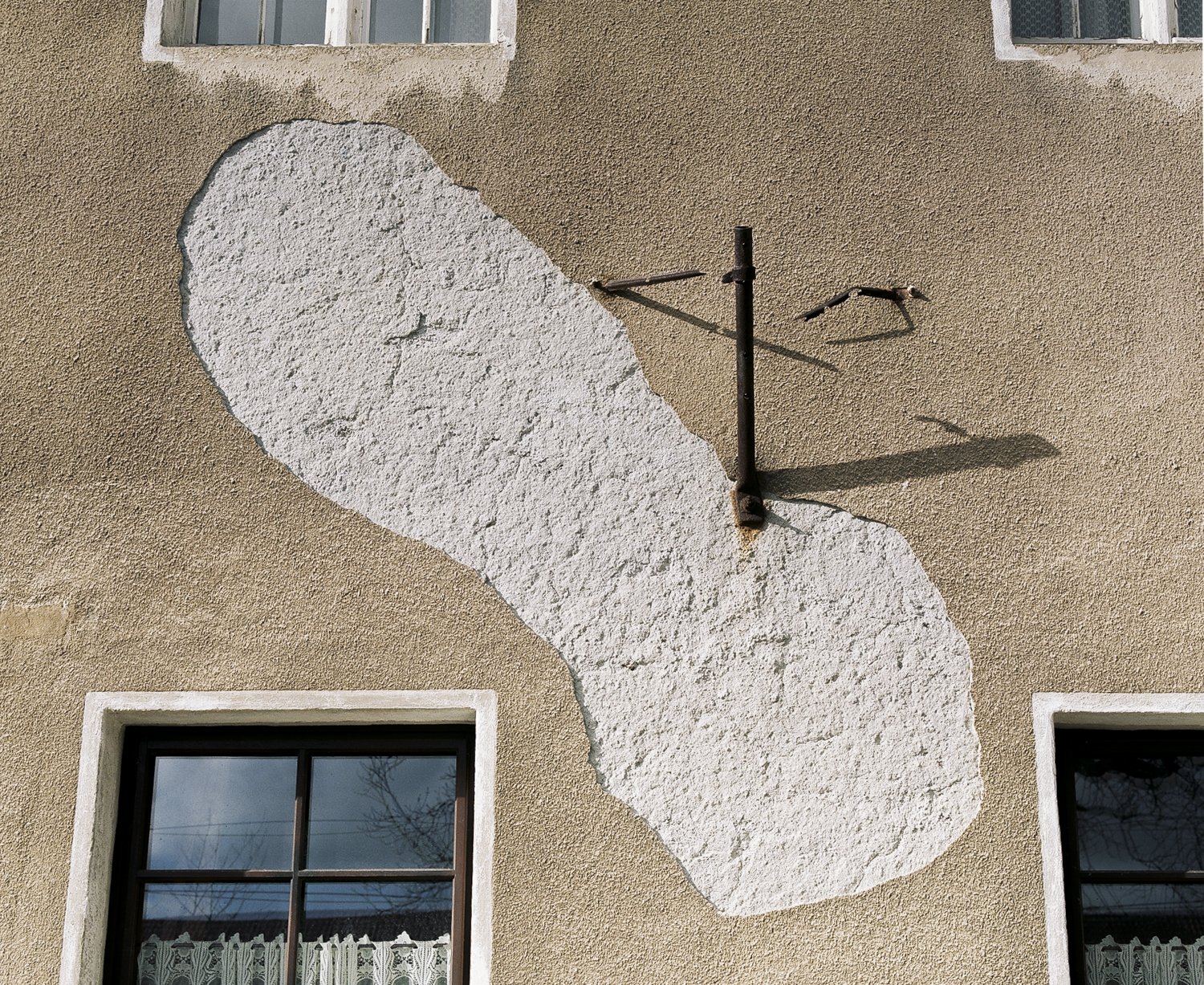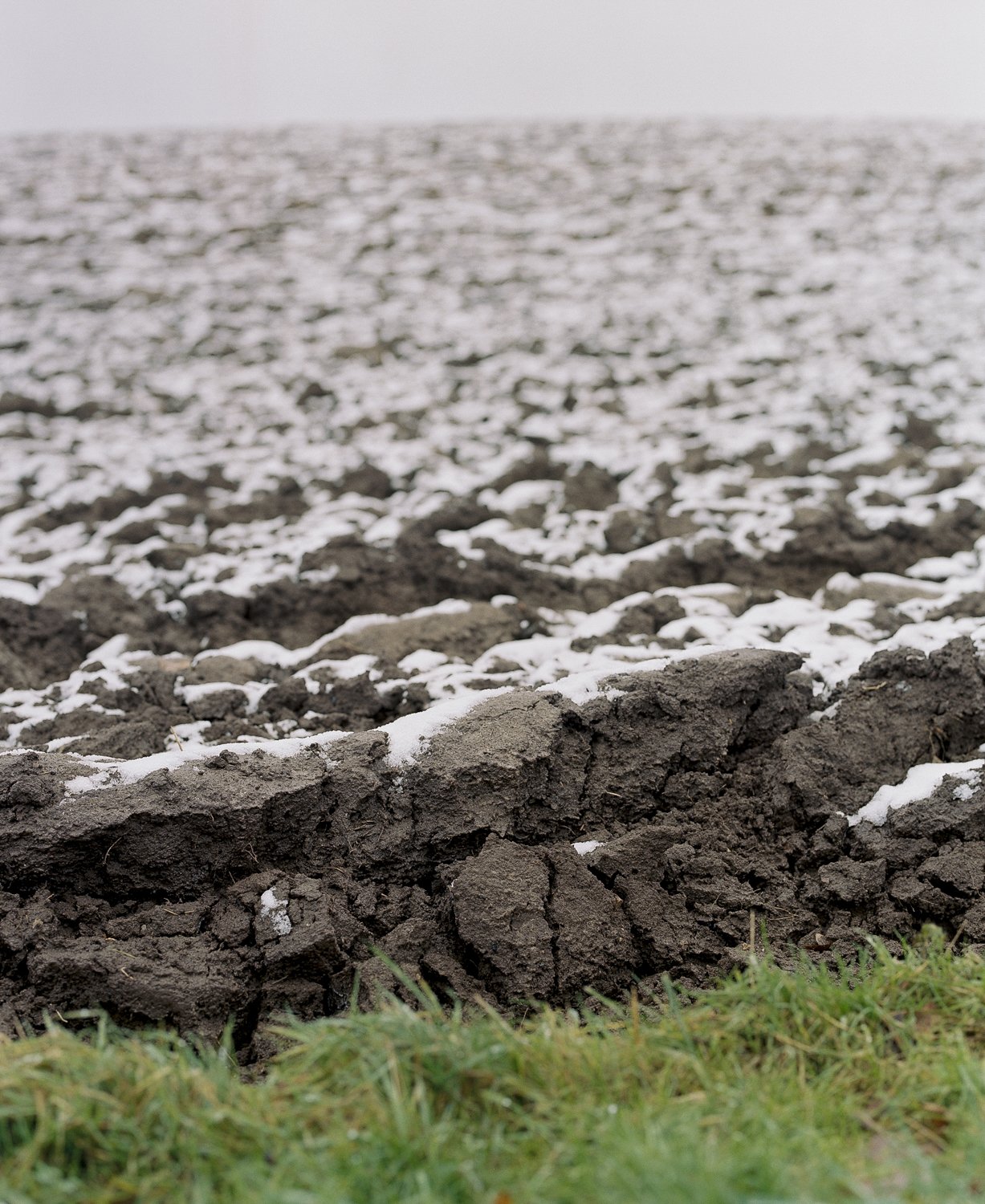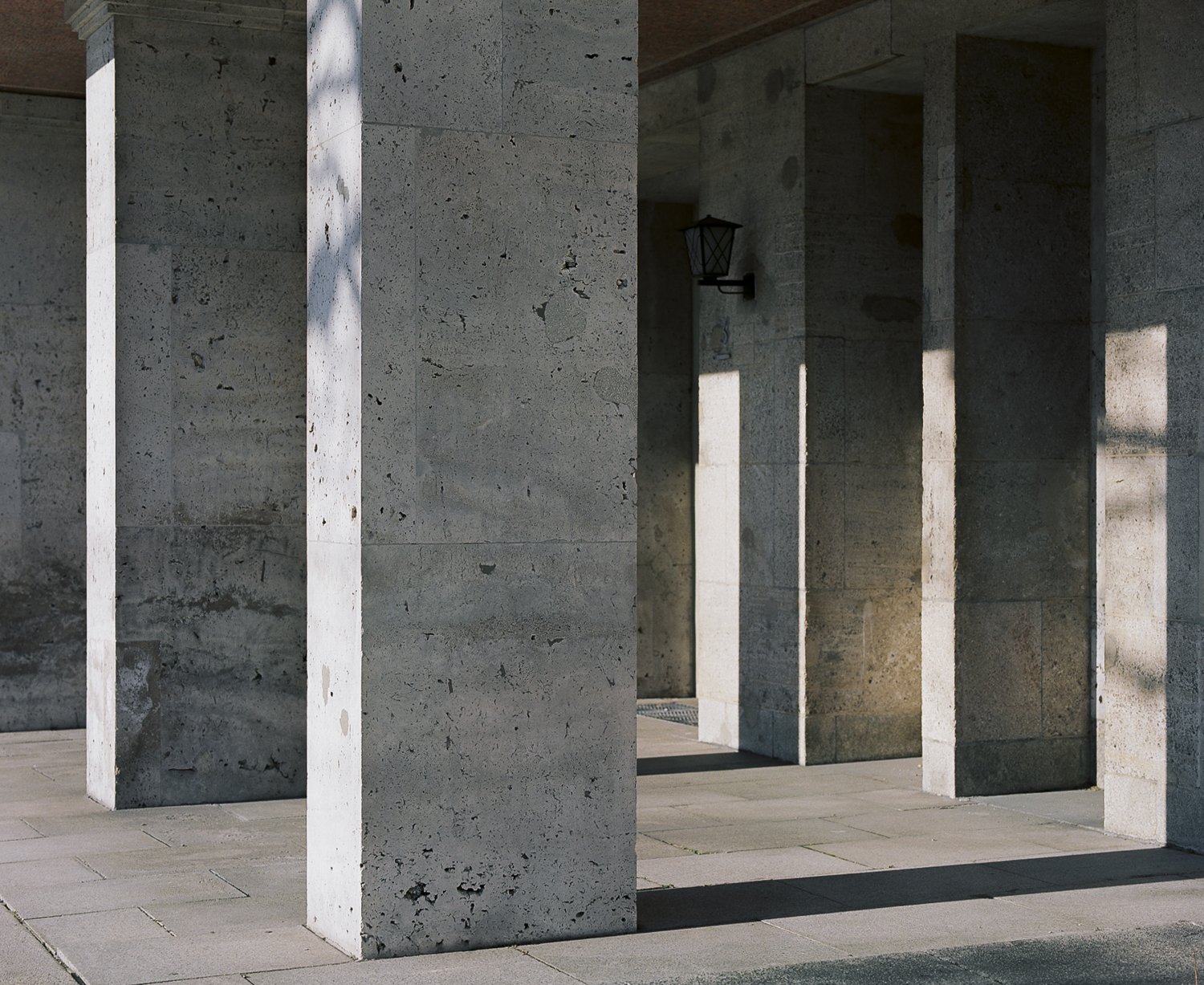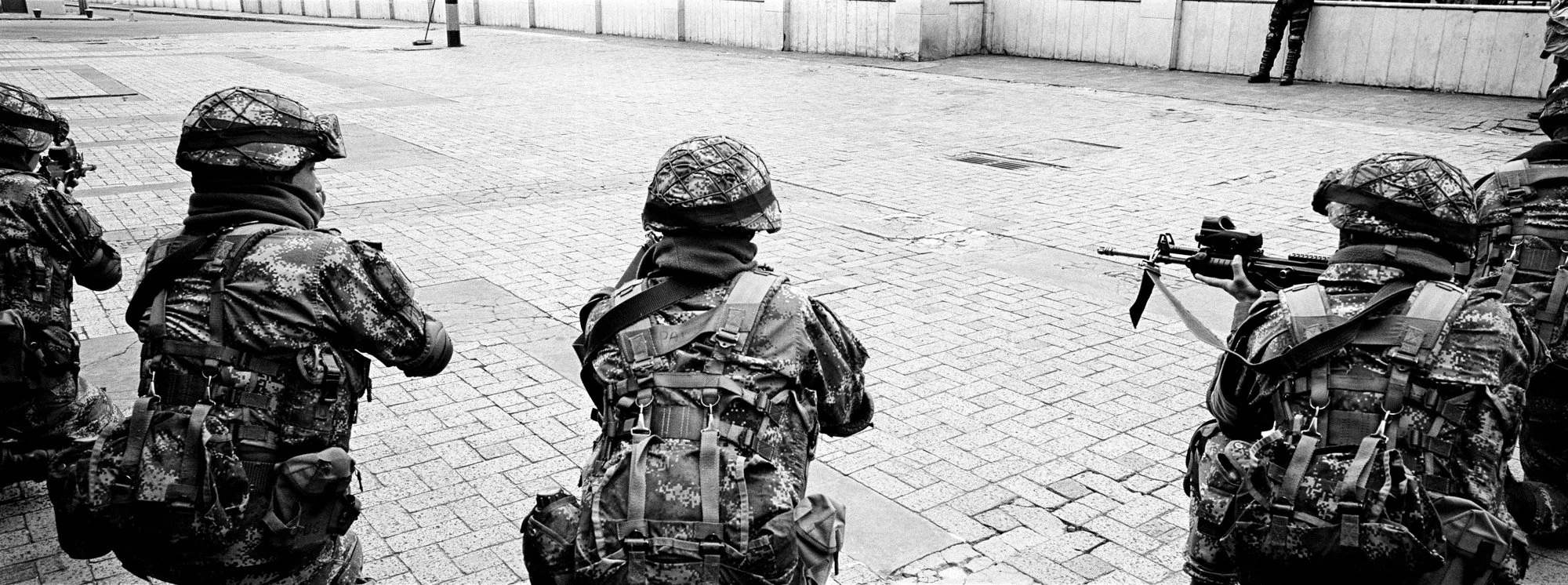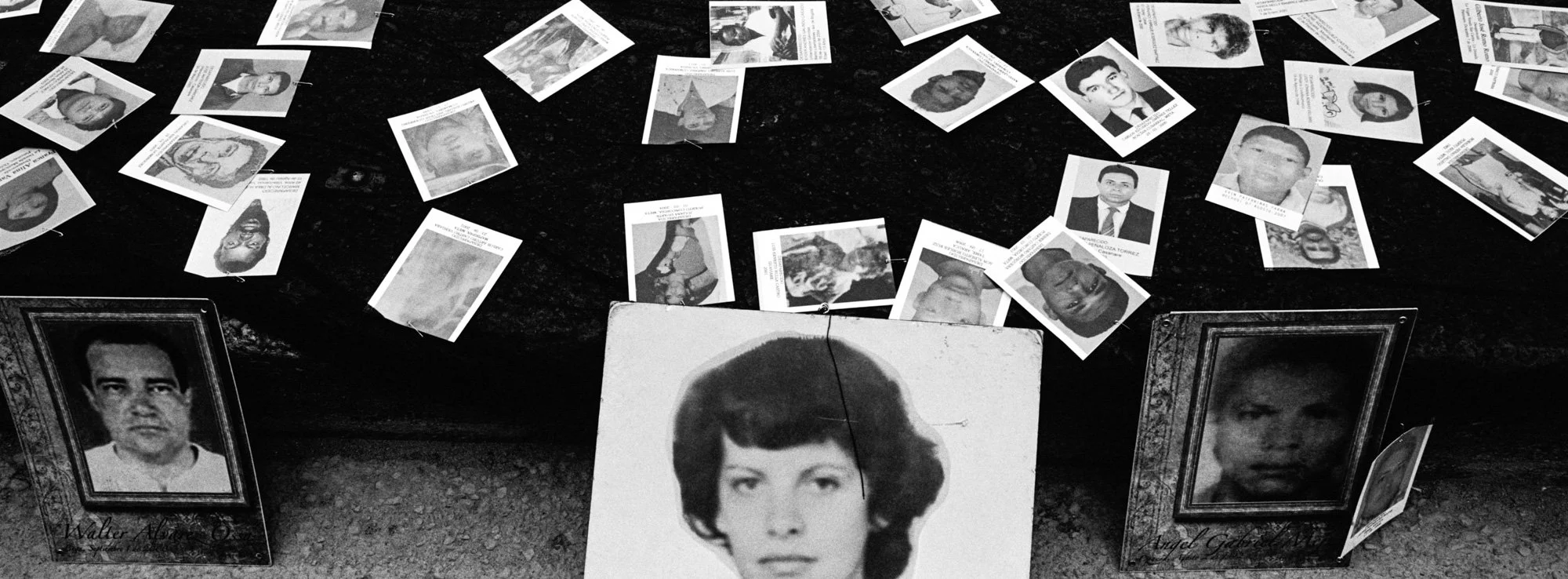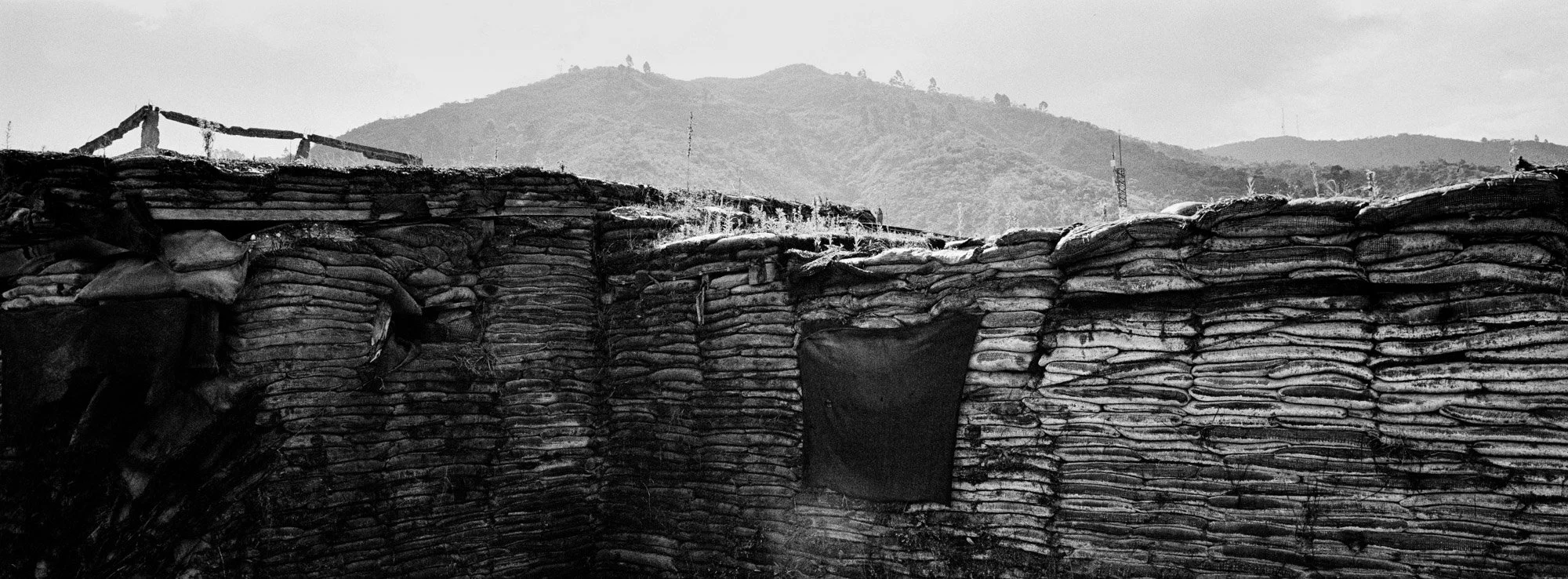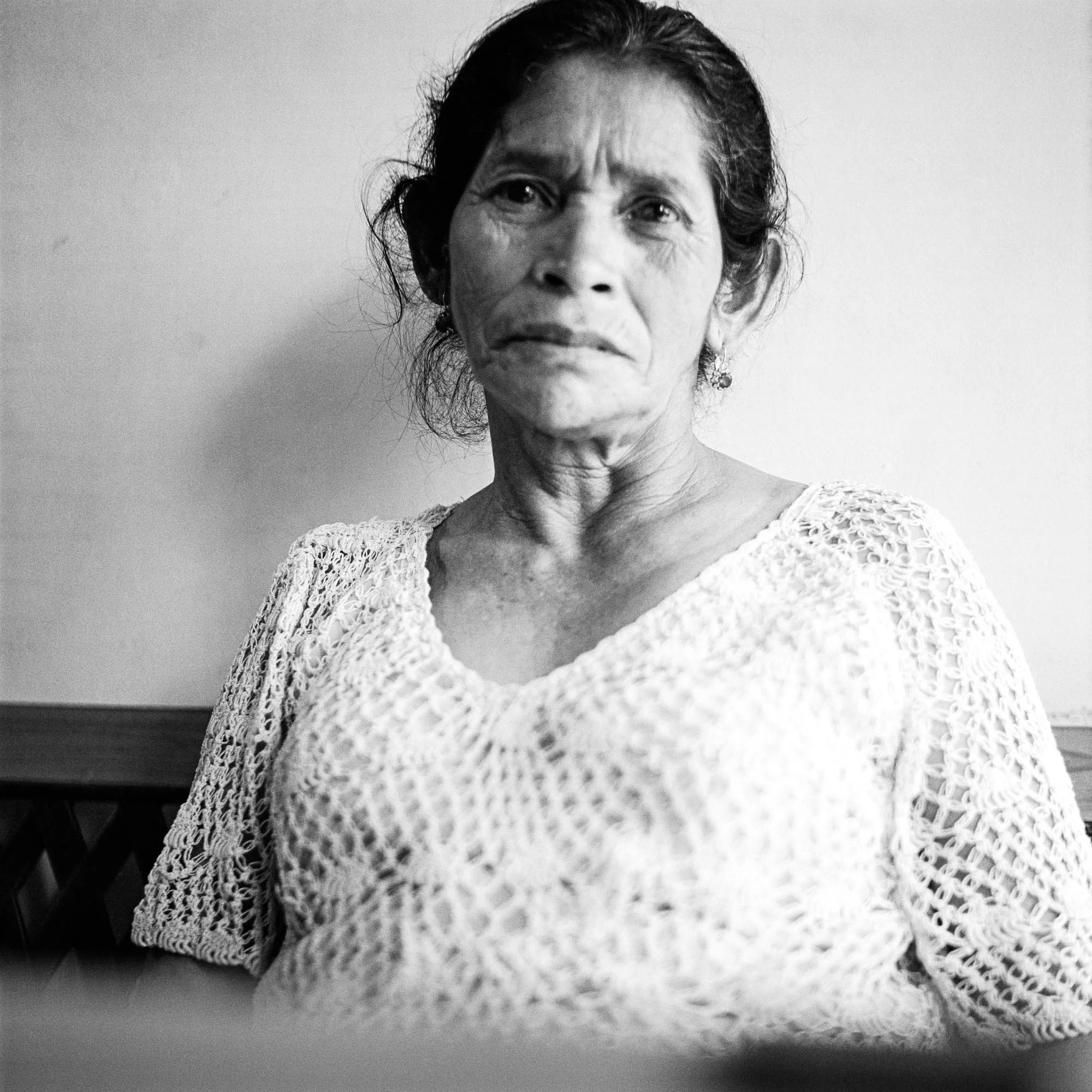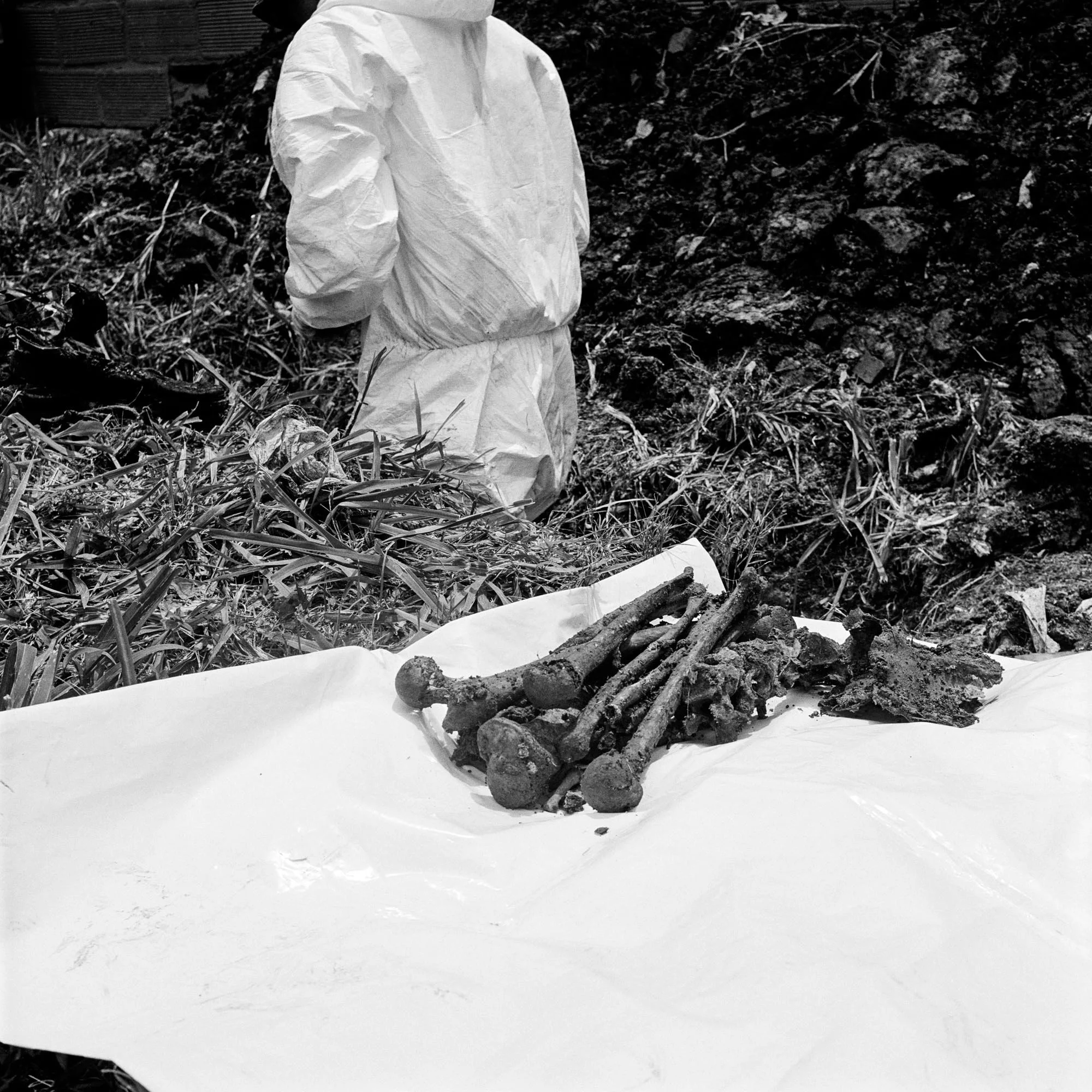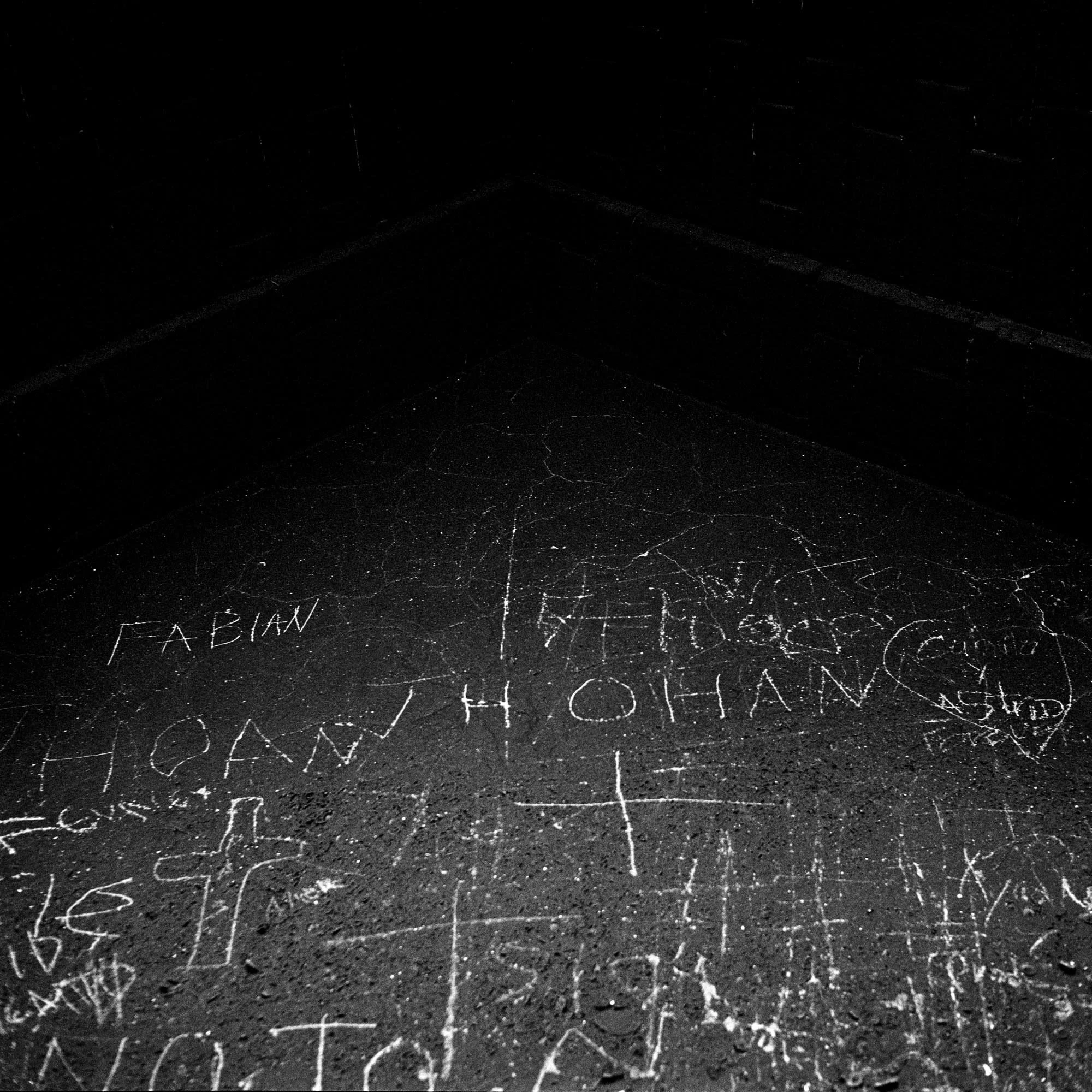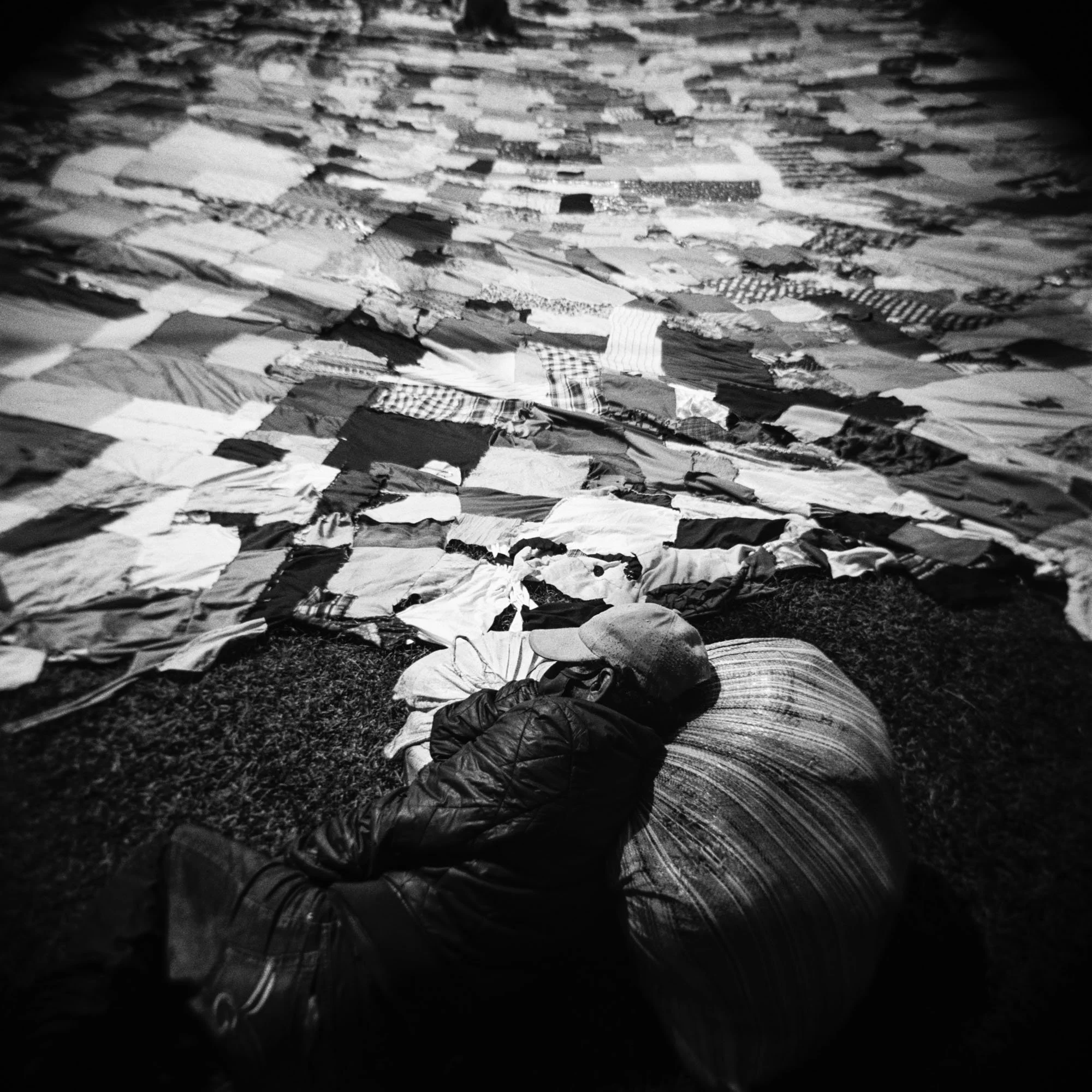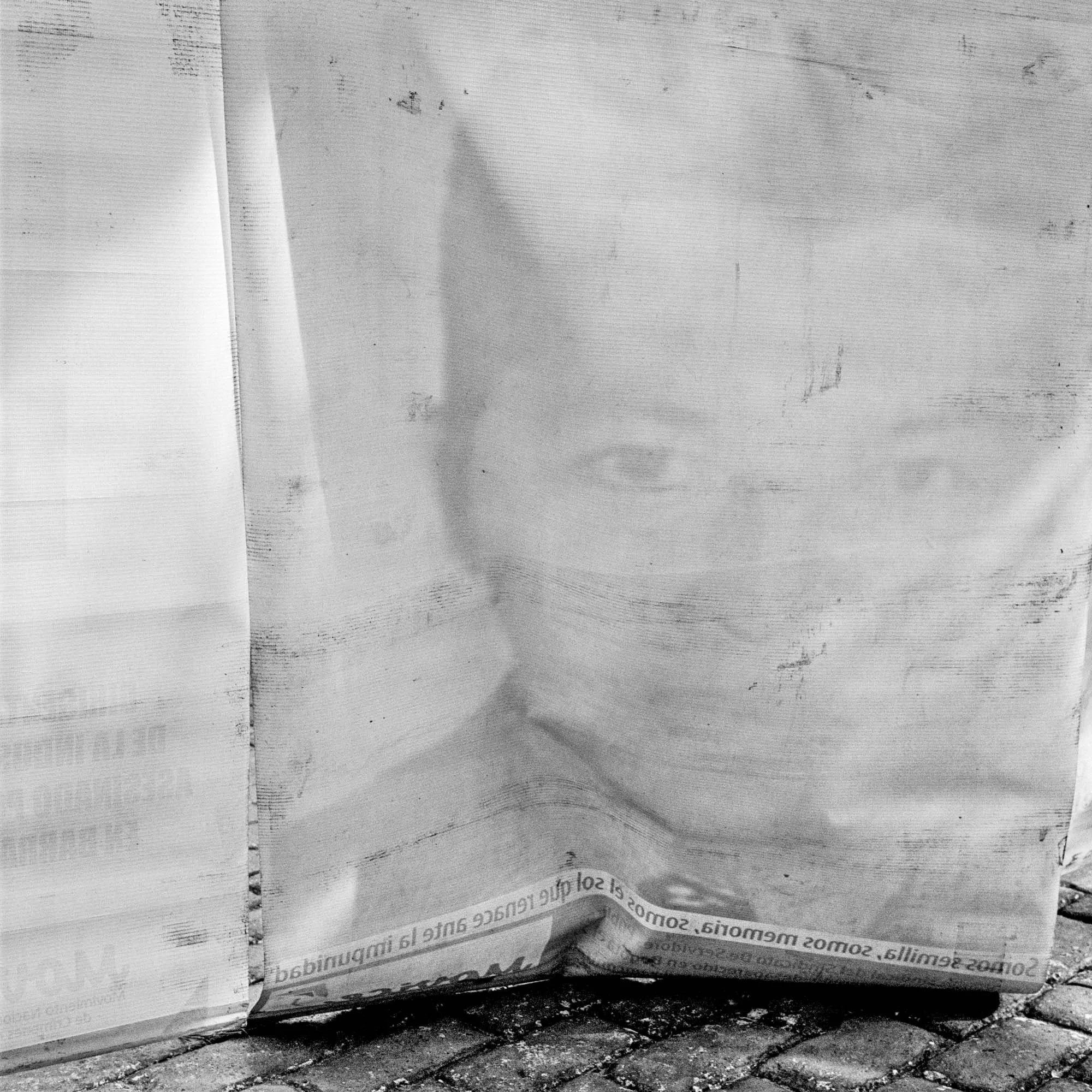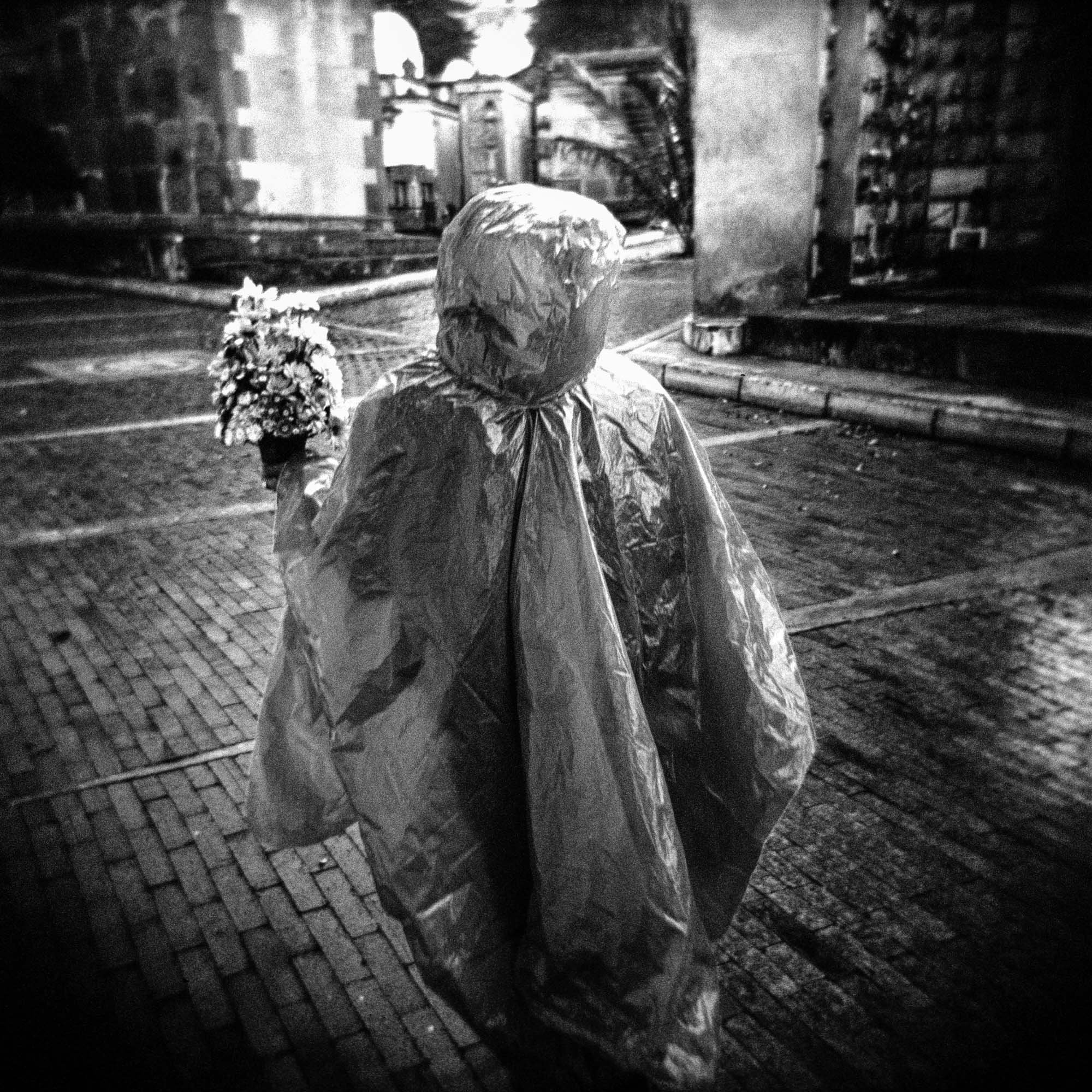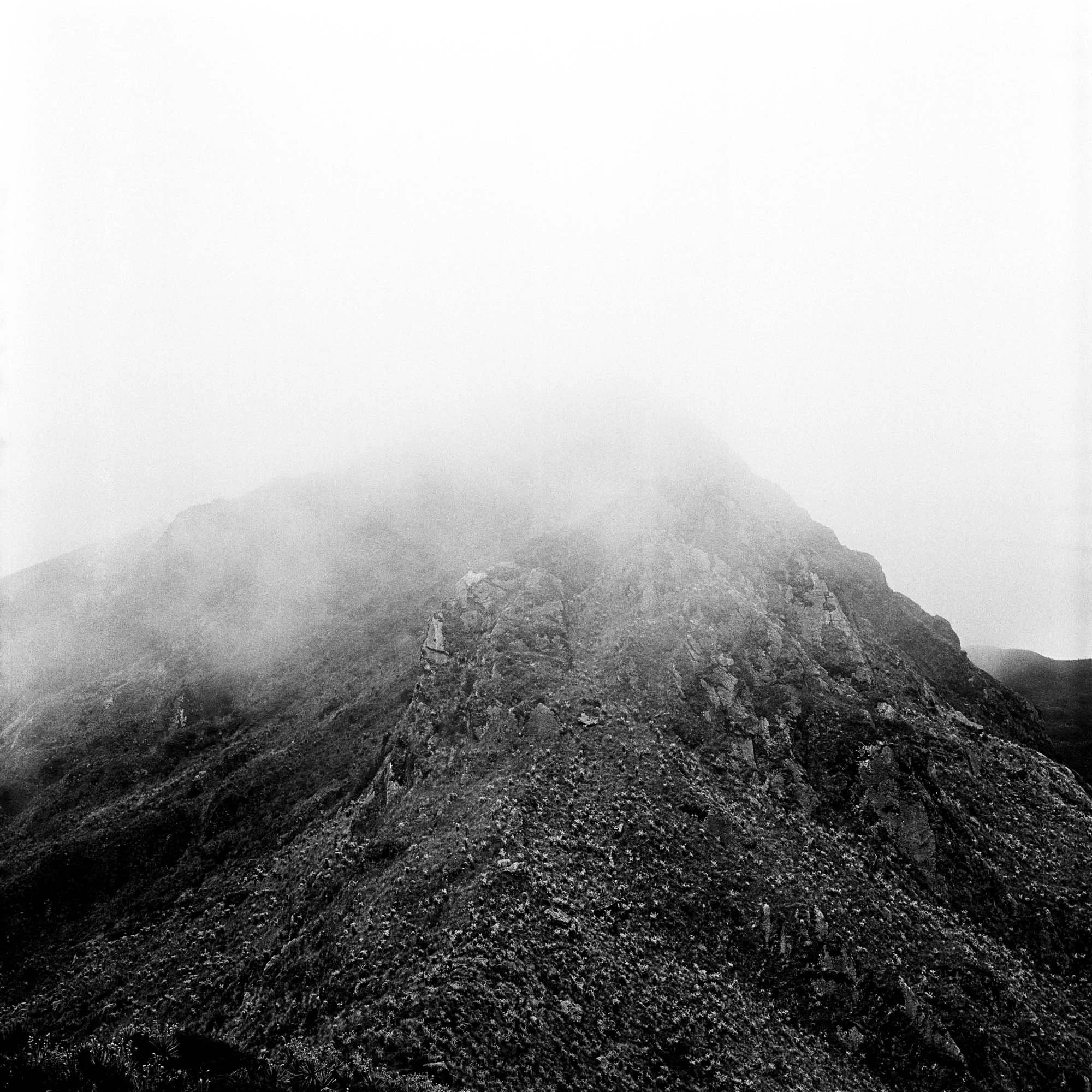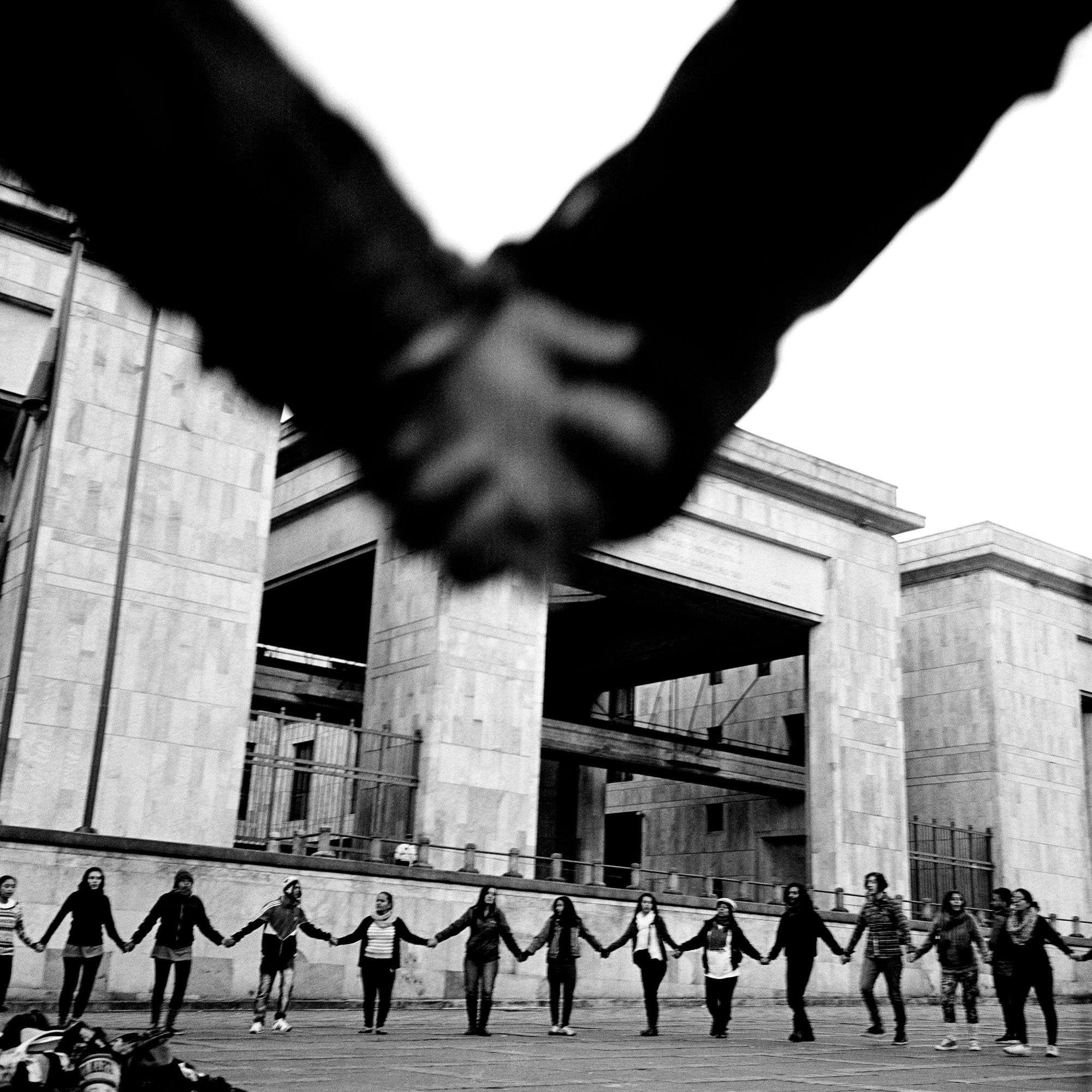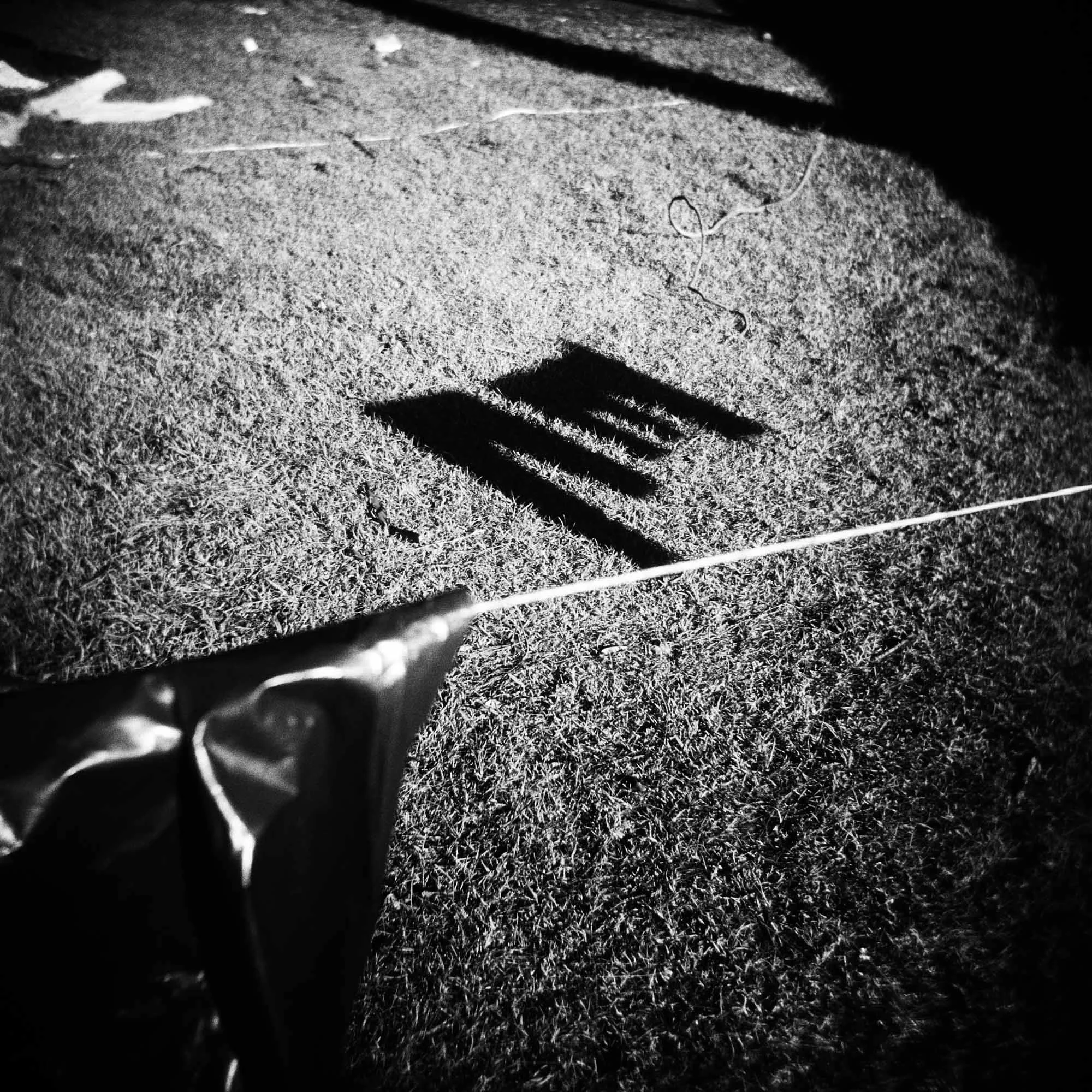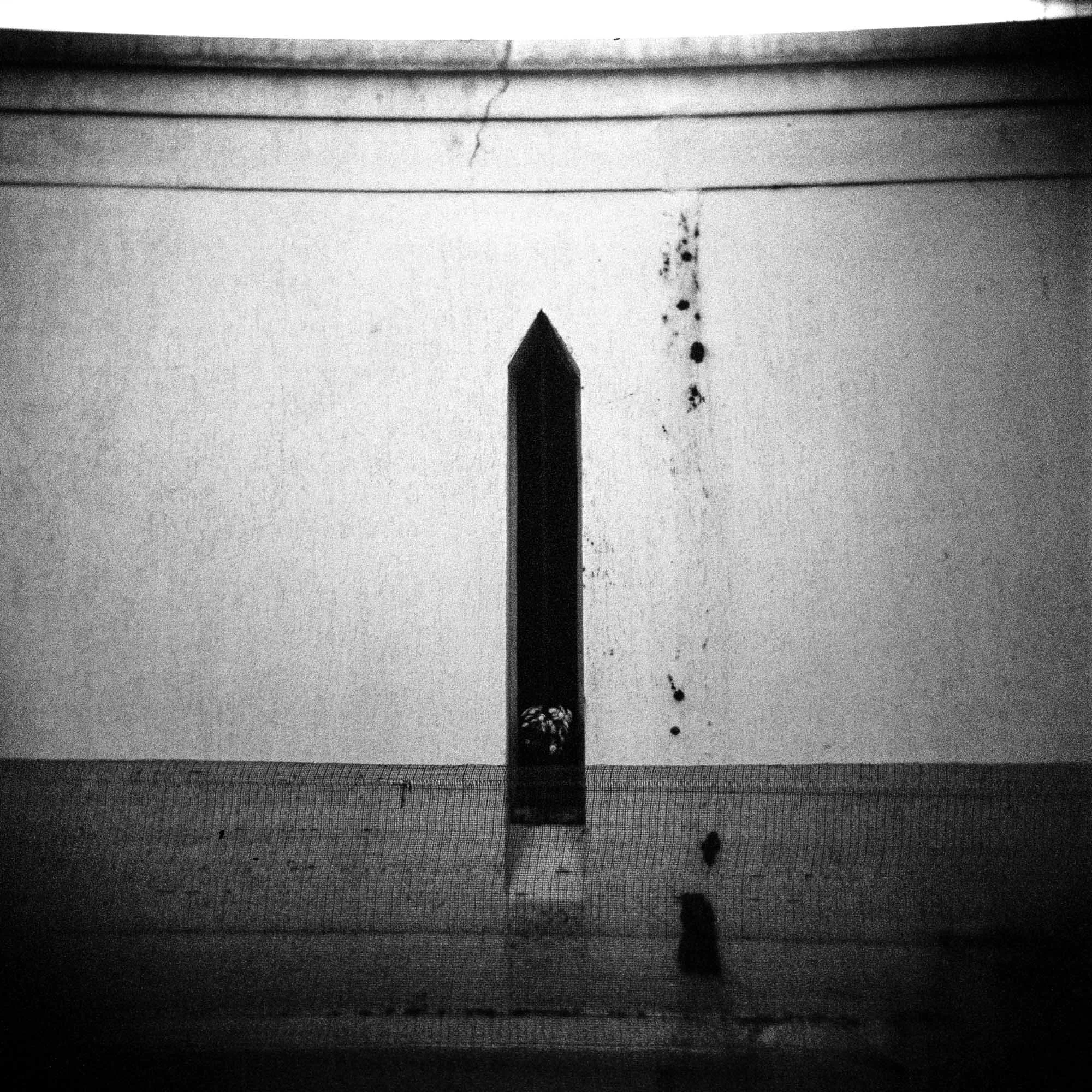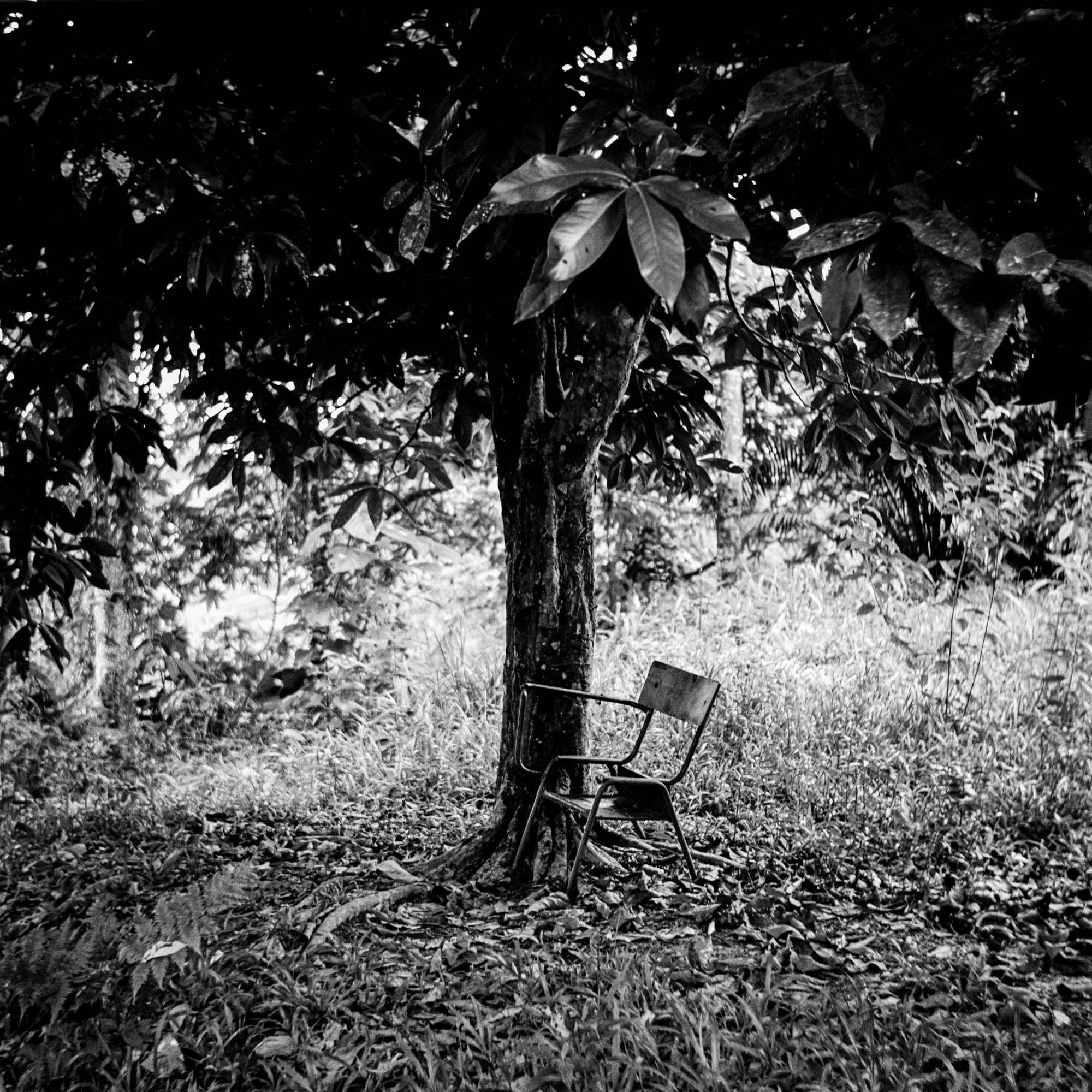A PORTRAIT OF ABSENCE
An estimated 120,000 people have been victims of enforced disappearances in Colombia over the last sixty years. Nine out of ten of these individuals are still missing today. Impunity is the core of enforced disappearance. There is neither a body nor a motive and, thus, no culprit. It is a silent, almost invisible crime, far from the bloody visual imagery of any armed conflict. Most of the disappeared have been thrown into anonymous mass graves, rivers, sugar mills, and crematorium ovens.
The world tends to associate forced disappearance with Southern Cone dictatorships, but rarely with Colombia where the number is three times as high, and the crime continues even today. Here, forced disappearance turned into one of the most effective social control strategies. The hidden outcome of a complex low-intensity war related to territorial control, illicit crops, and economic mega-projects (from hydrocarbons to dams, agribusiness, and tourism). The goal has been to wipe out any political opposition, and the crime itself, carried out by state agents, members of paramilitary and guerrilla groups, politicians, and civilians who benefited from the strategy.
Besides collecting visual fragments of the crime in the landscape turned into a mass grave, I have photographed the altars that many families have built in their homes while hoping for their loved ones to return. I have also followed marches and urban interventions promoted by the relatives of the disappeared to demand for justice, and documented part of the Plan Cementerio program, implemented by Colombian authorities to exhume and identify thousands of Colombians buried in public cemeteries around the country. In many Colombian cemeteries, victims of extrajudicial crimes were, for decades, thrown into mass graves, unregistered, so that they could not be found and those responsible could not be judged.
This eight-year project embodies the frustration of putting together a puzzle to build an impossible: A visual tribute to absence.
Viviana Peretti
Viviana Peretti is an Italian freelance photographer based in Bogotá, Colombia. In 2000, after graduating with a bachelor's in literature from the University of Rome, Peretti moved to Colombia, where she completed a master's in journalism. In 2010, she graduated in documentary photography and photojournalism from the International Center of Photography (ICP) in New York. Peretti has received fellowships and awards from the World Press Photo, ICP, CNN, the Fondation Bruni-Sarkozy in France, FotoVisura, Sony, the WPO in London, L’École Nationale Supérieure de la Photographie (ENSP) in France, the Camargo Foundation and the Bogliasco Foundation in the United States, and the Colombian Ministry of Culture, among others. Her work has been exhibited at the National Portrait Gallery in London, the Rita K. Hillman Gallery in New York, the MACRO Museum in Rome, and the Museo Archivo de la Fotografía in Mexico City, among others, and has been published by international media outlets including The New York Times, Newsweek, BBC, CNN, and Vice.
In 2022 A Portrait of Absence won a honourable mention at the World Press Photo Contest.


